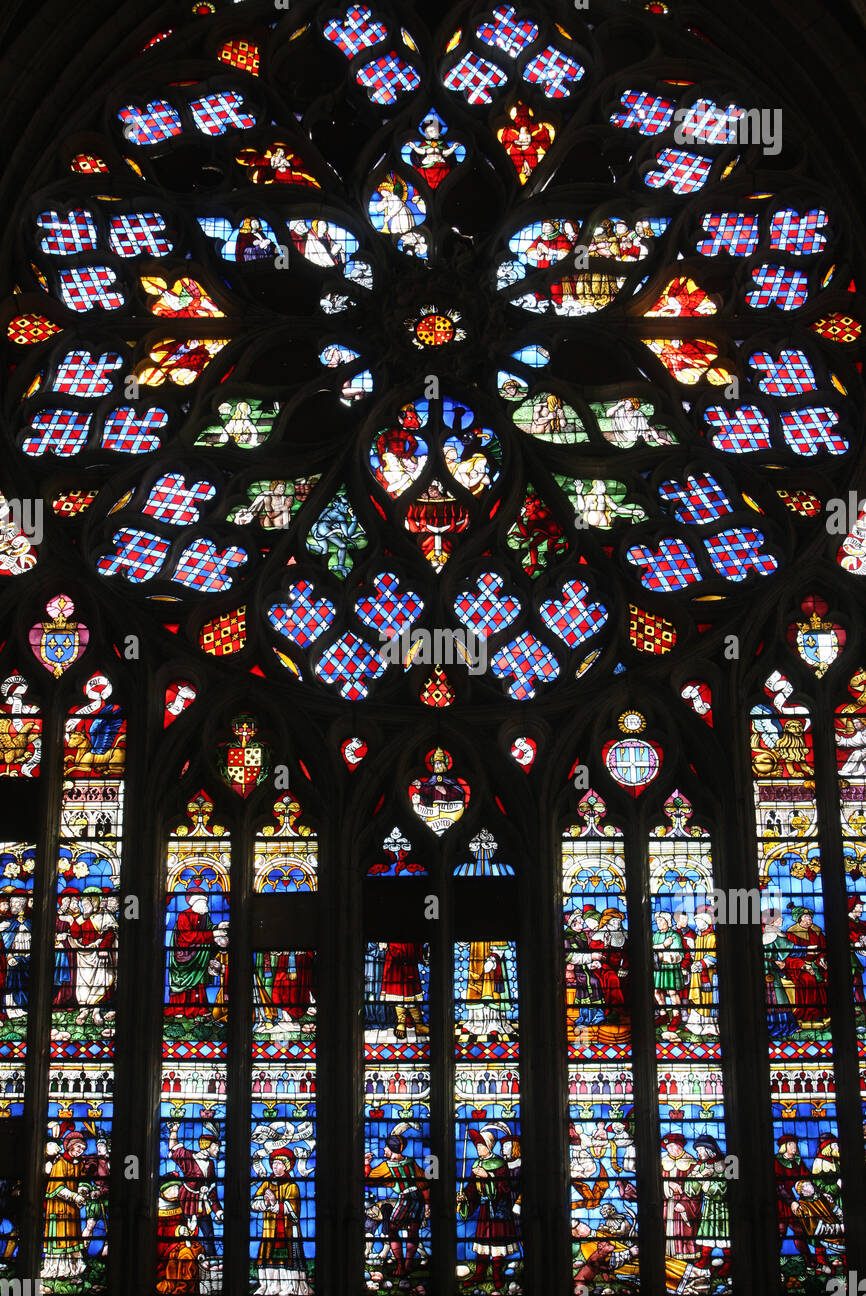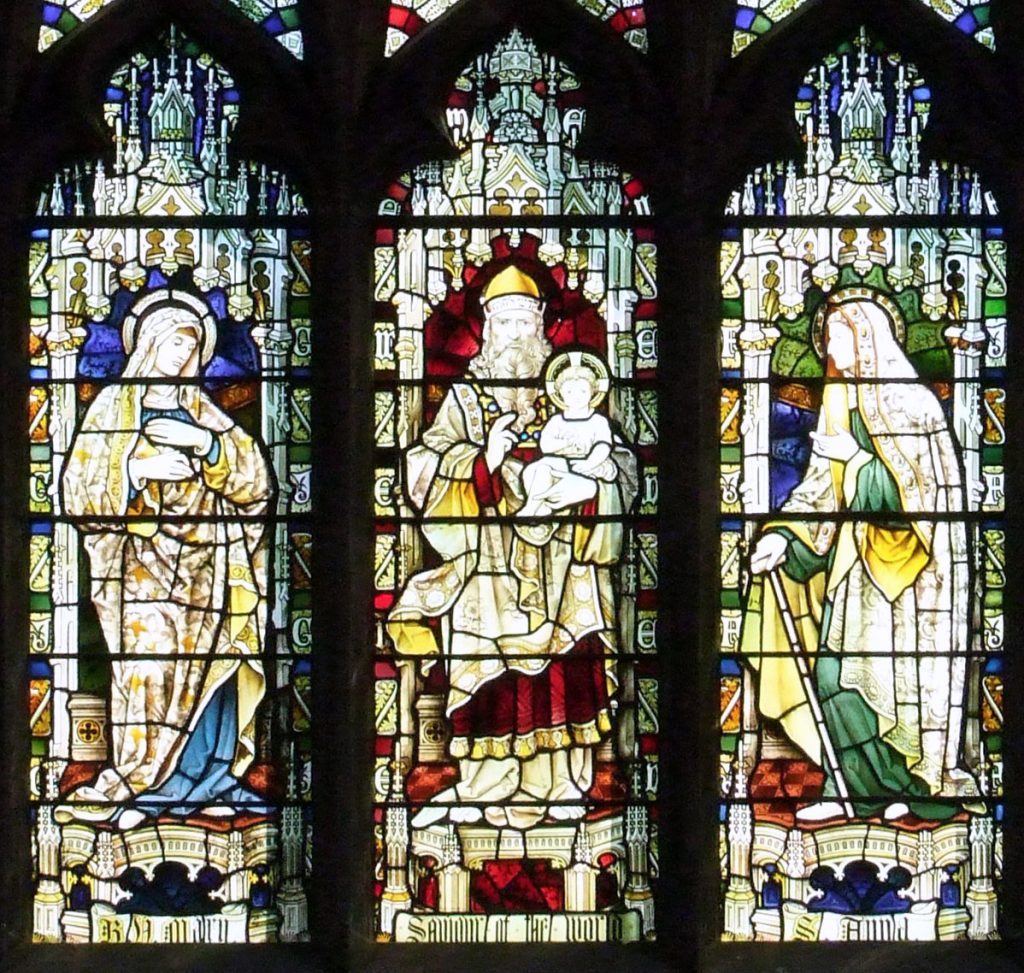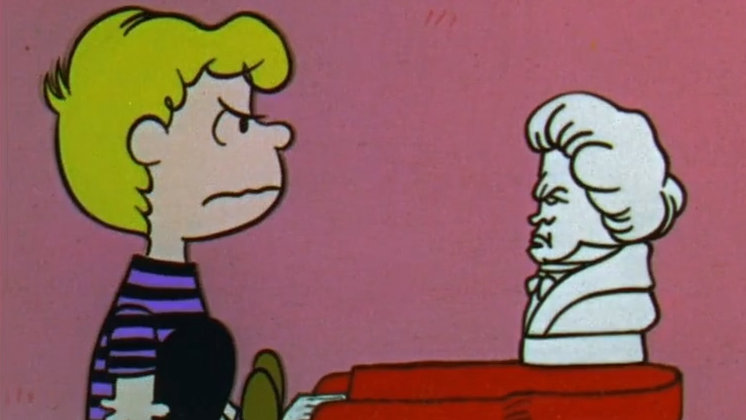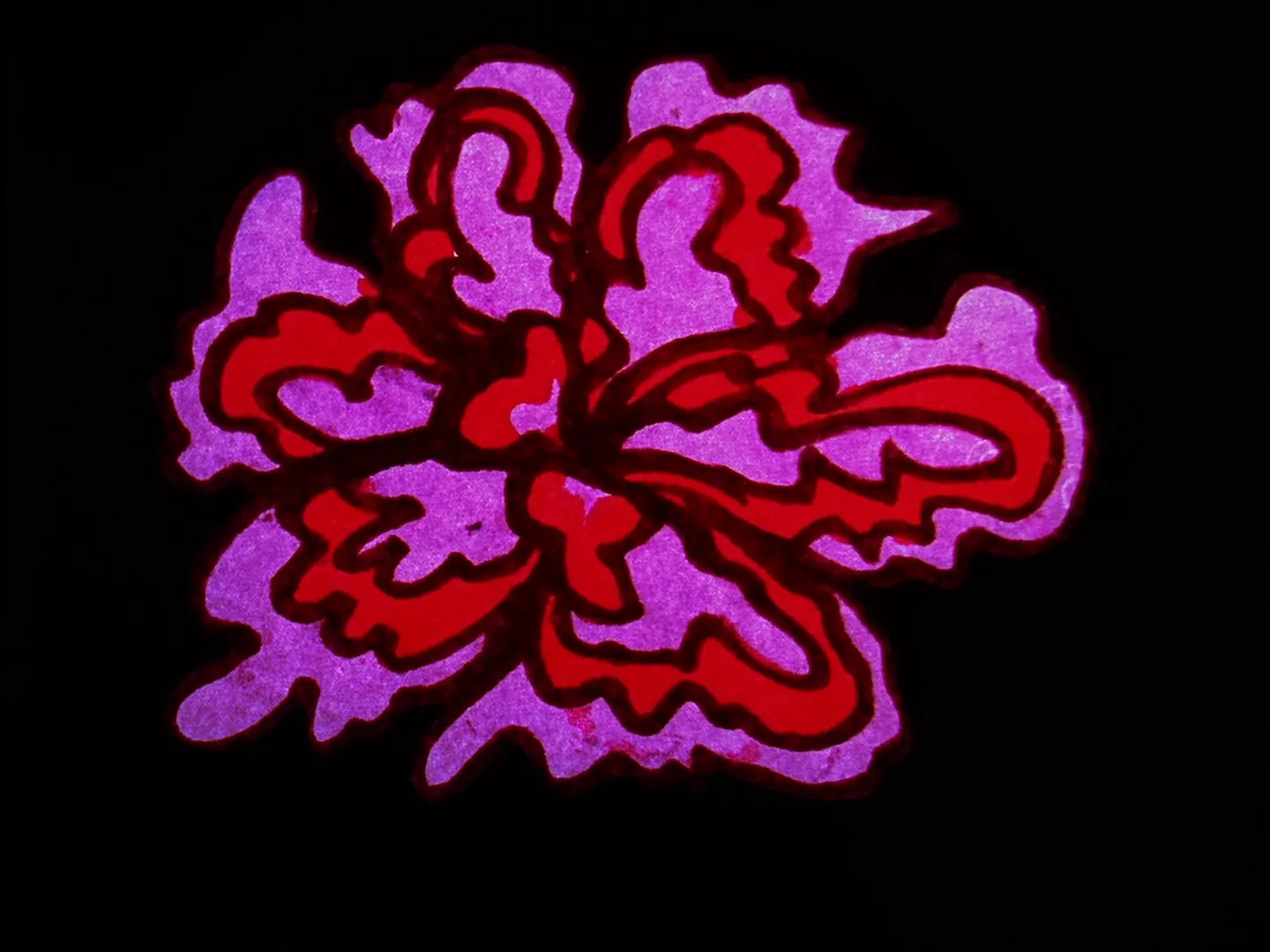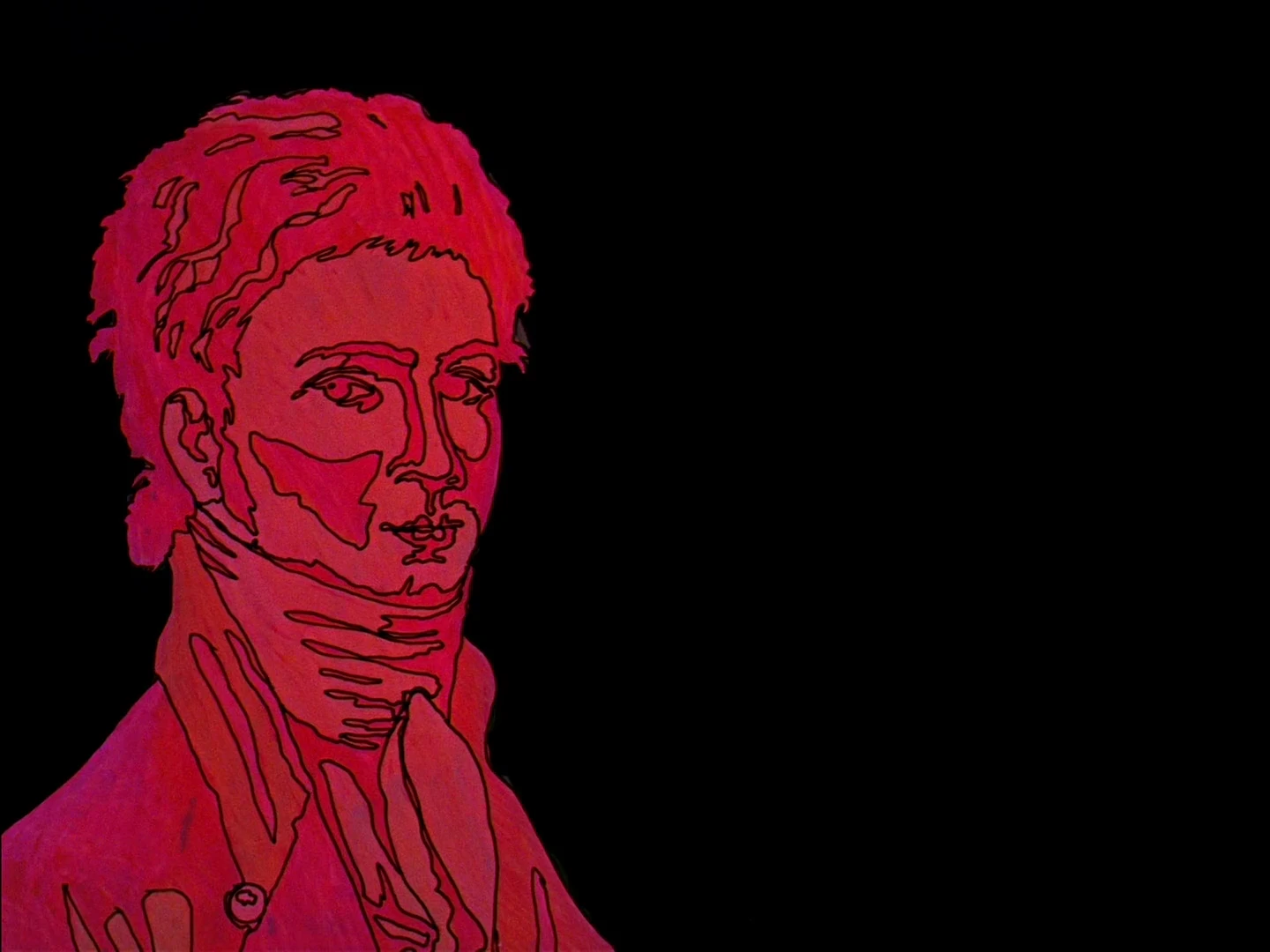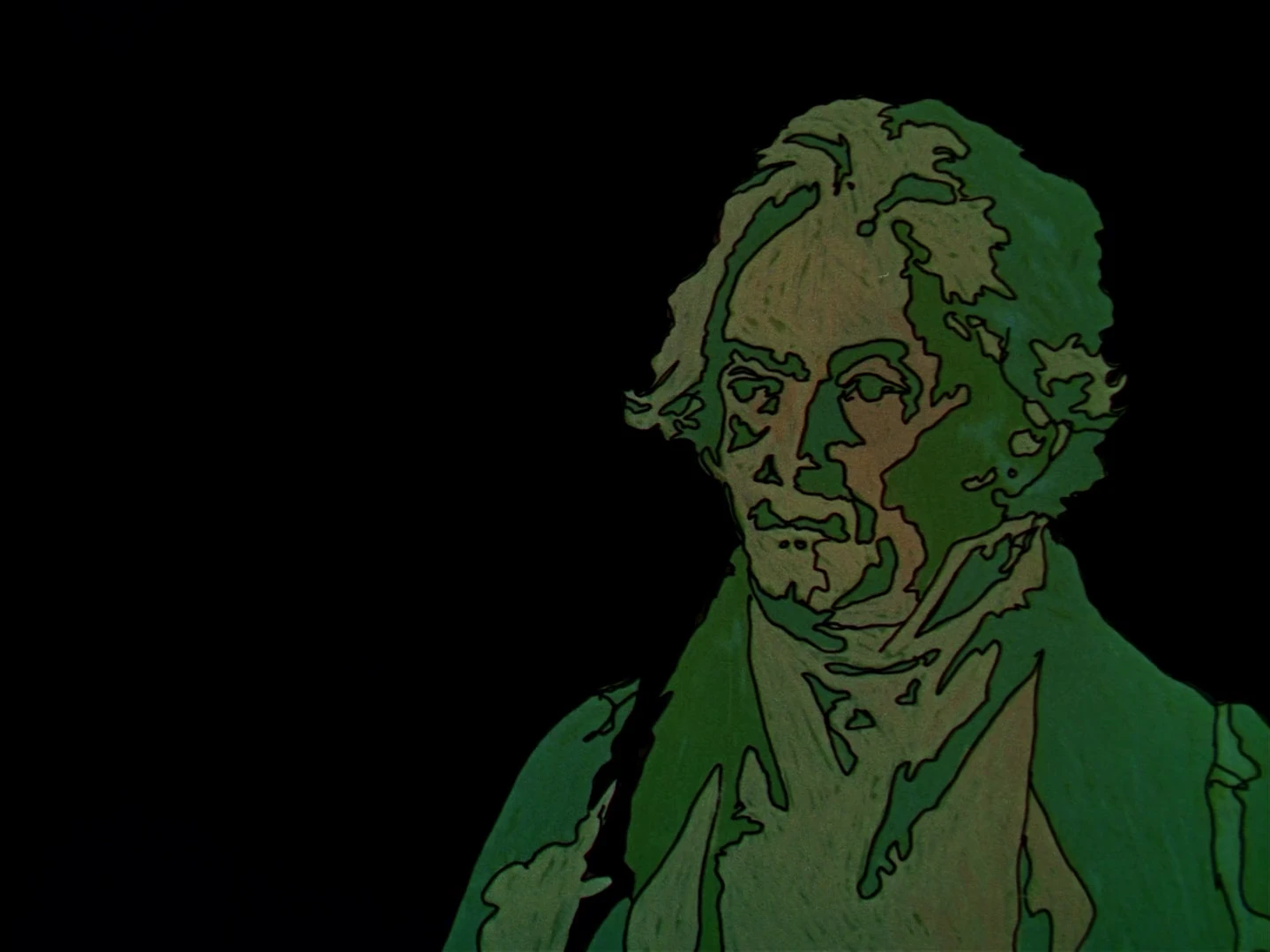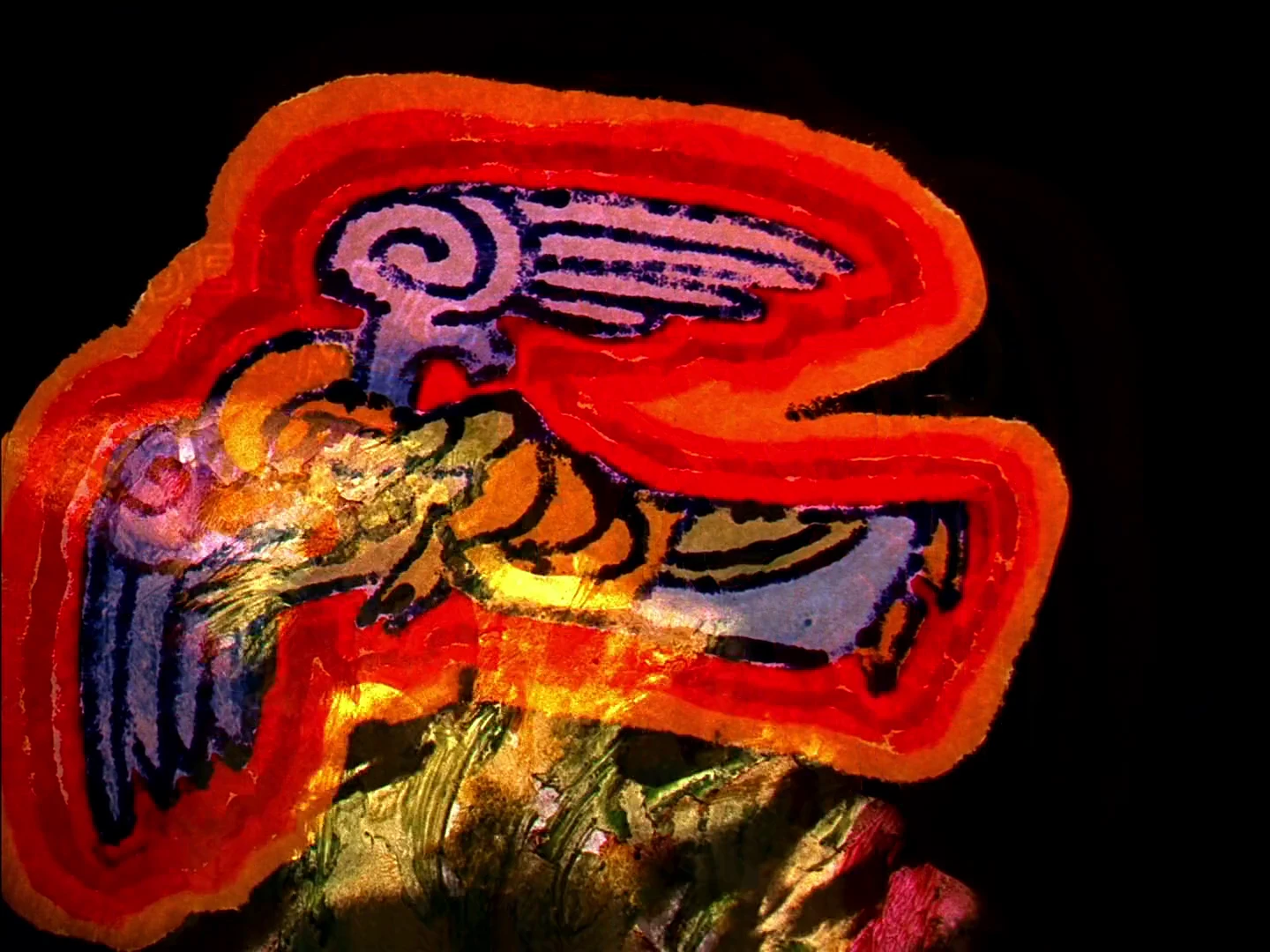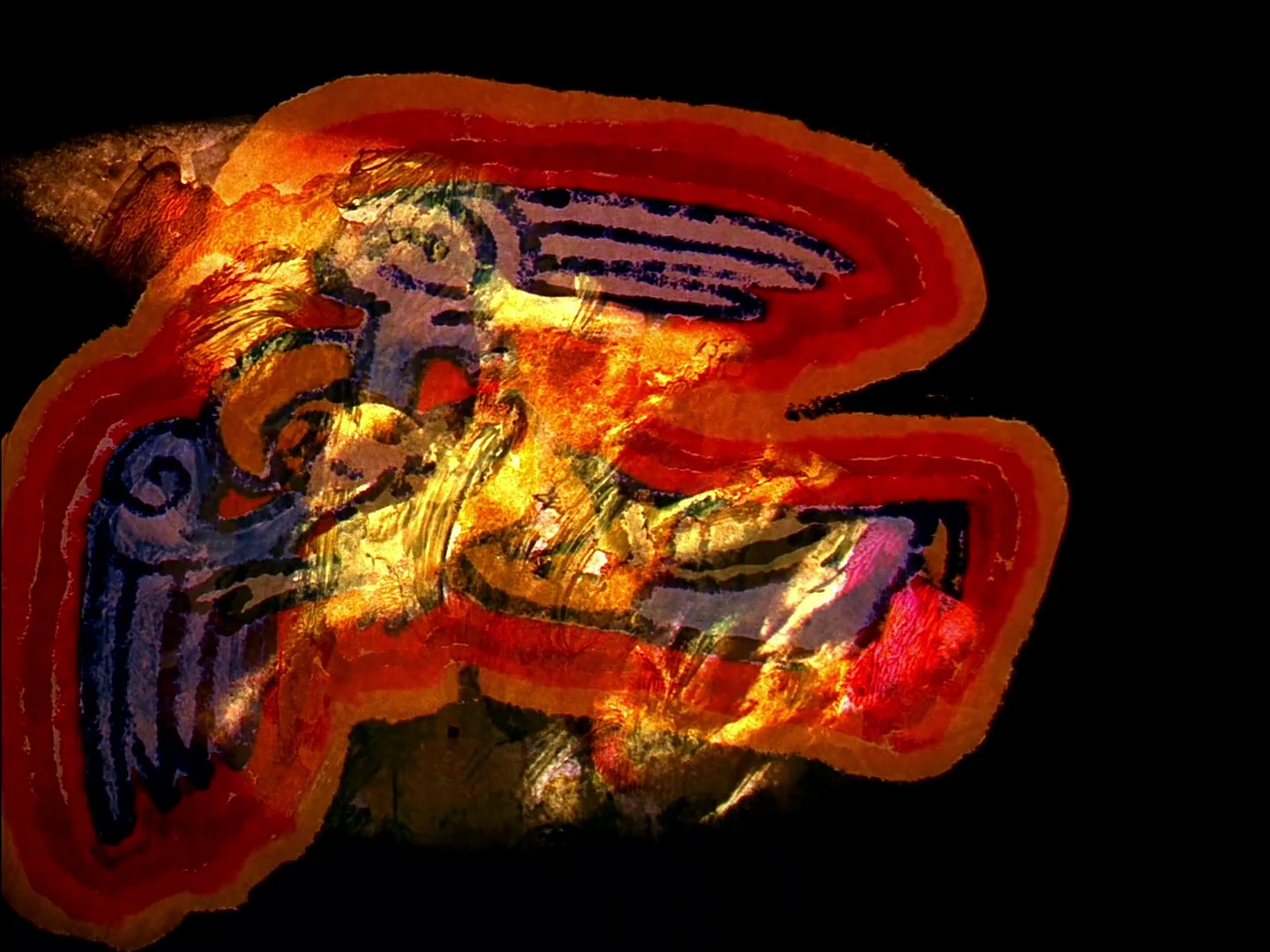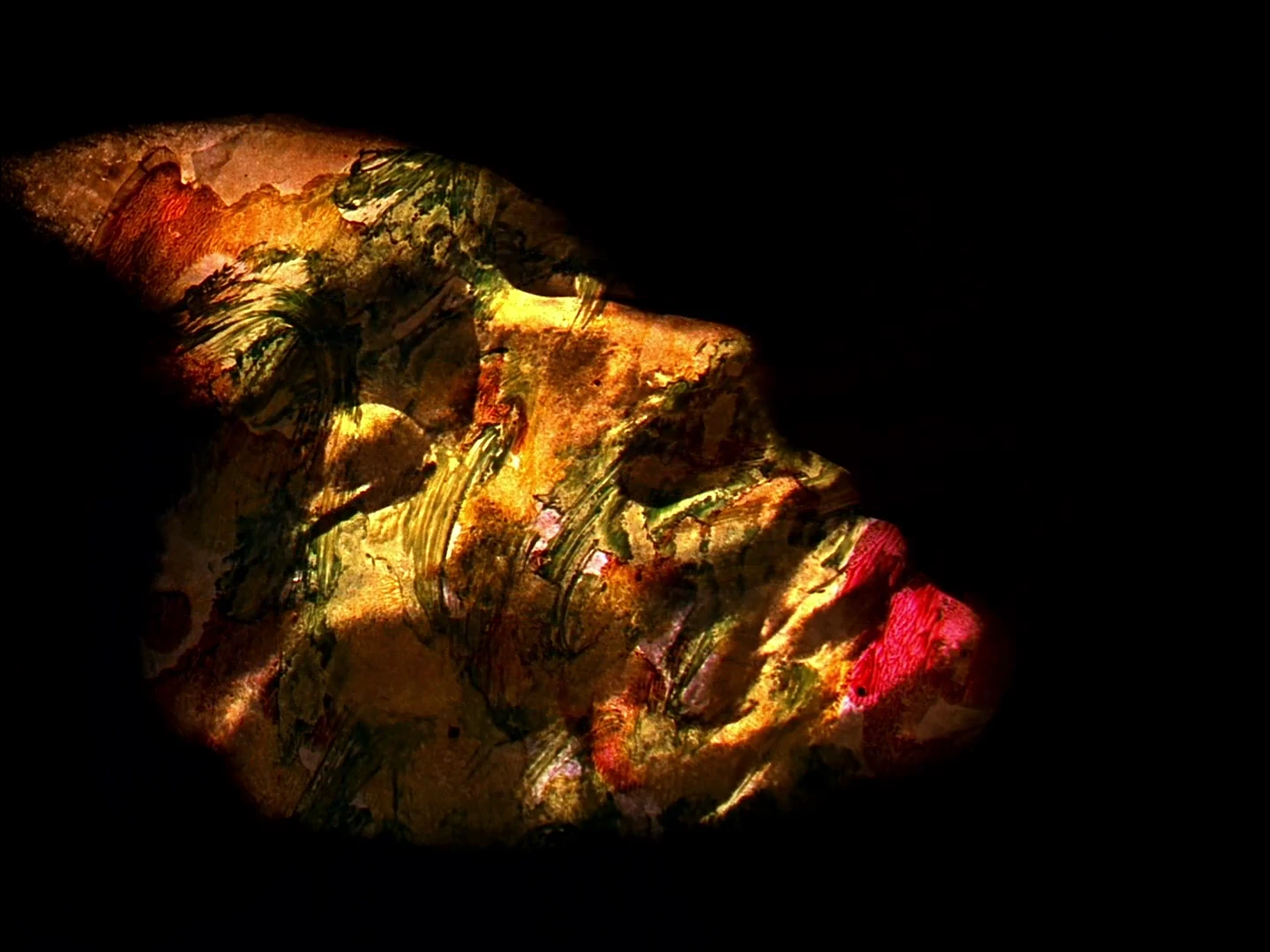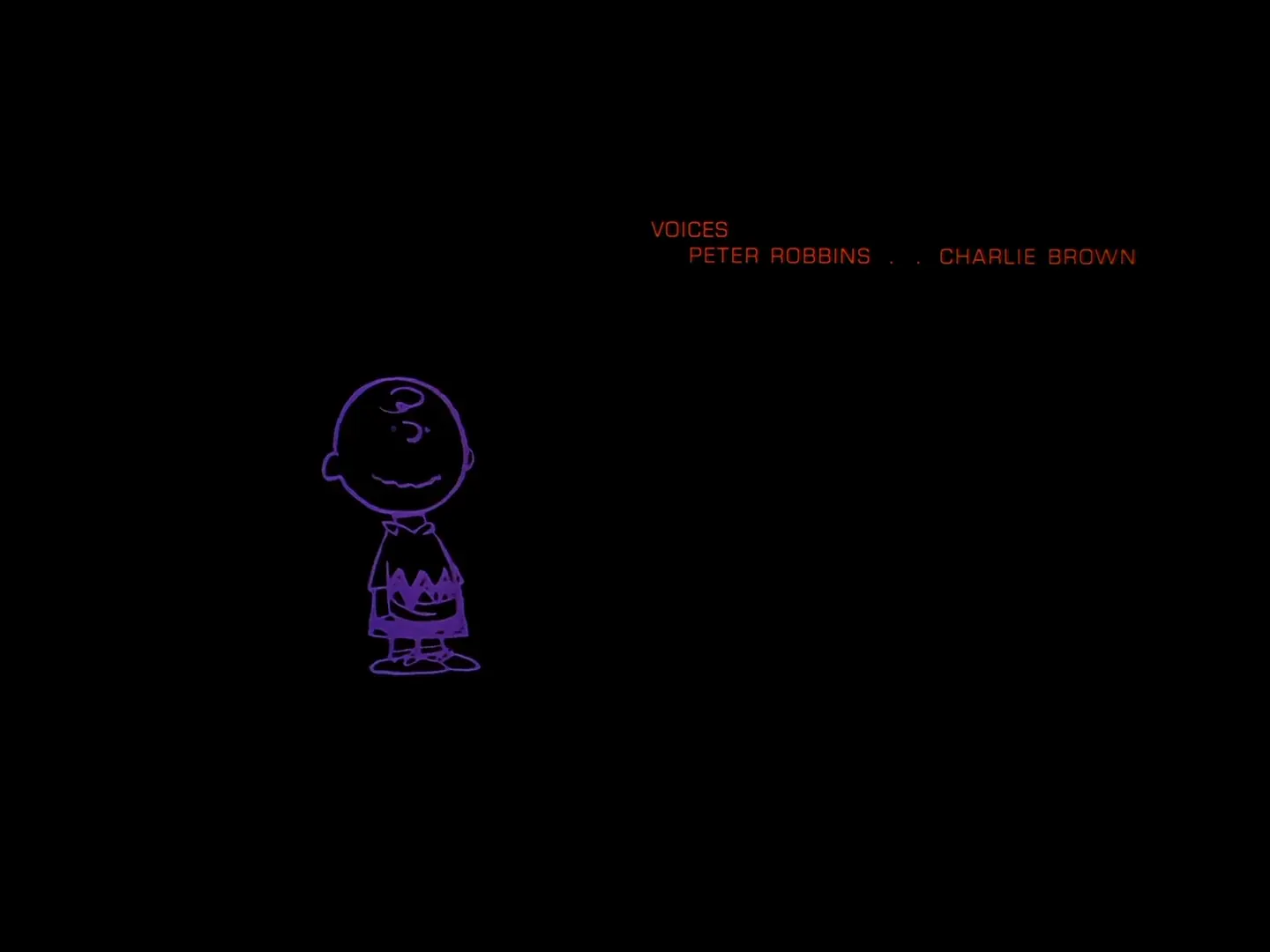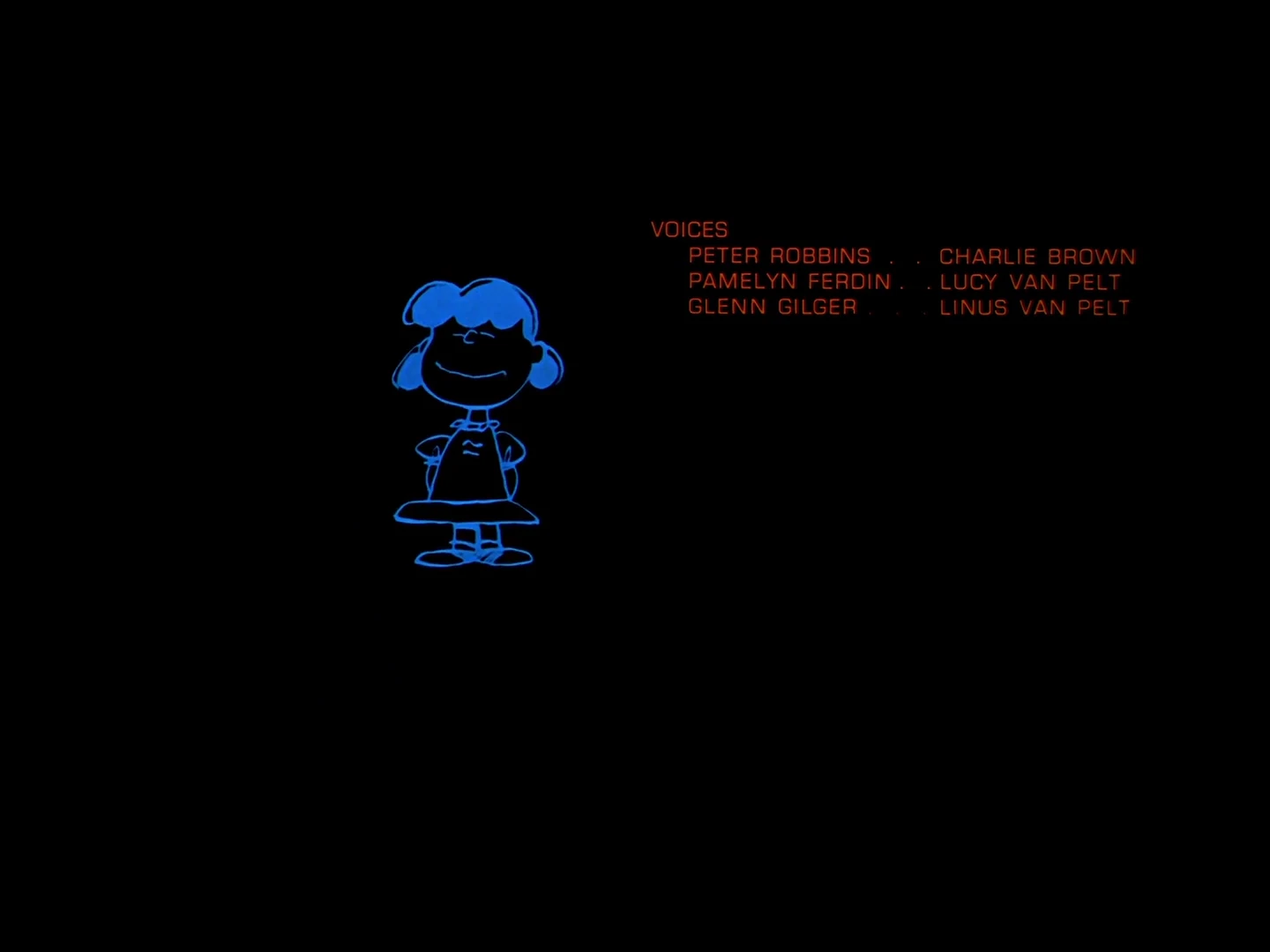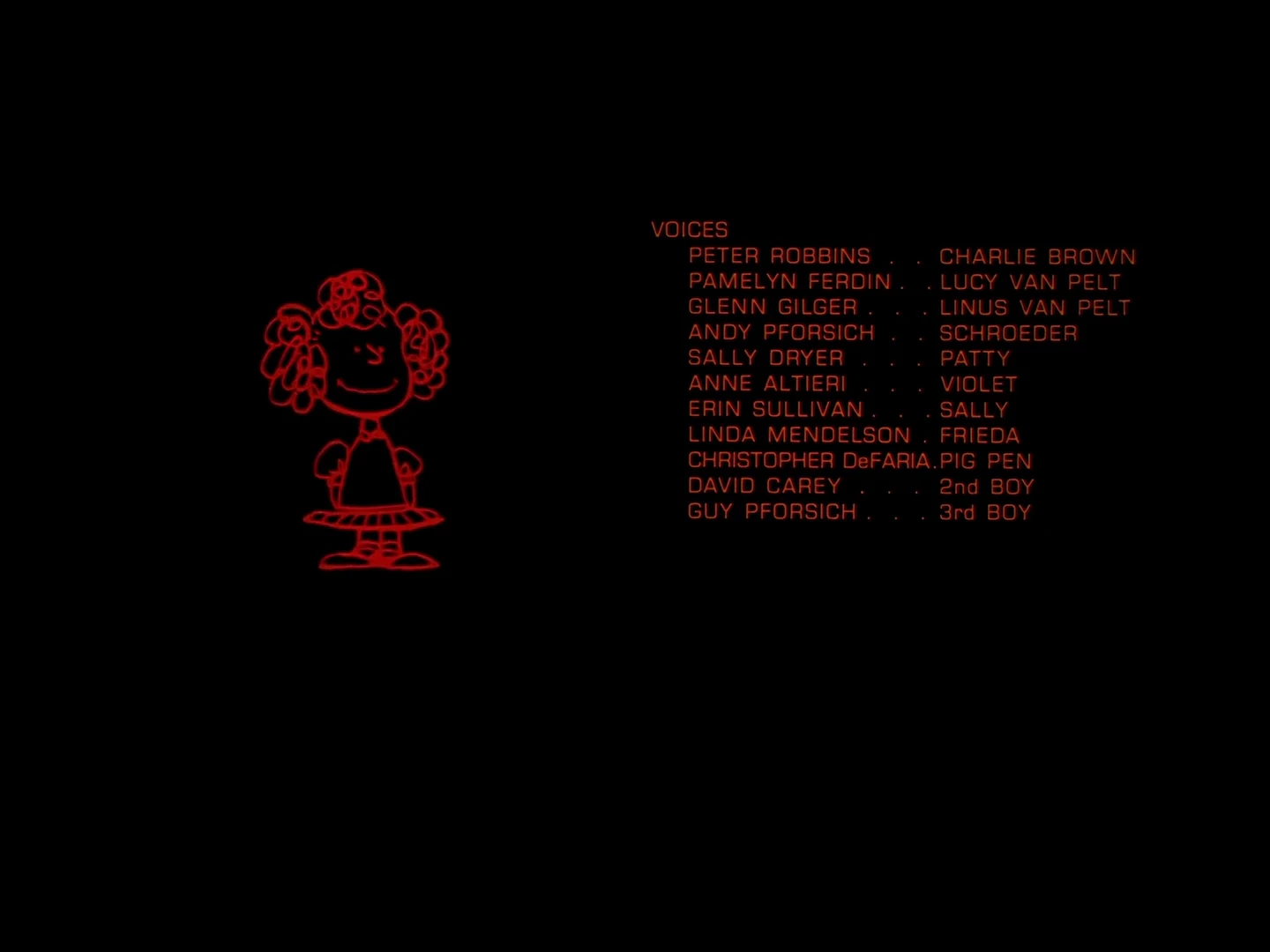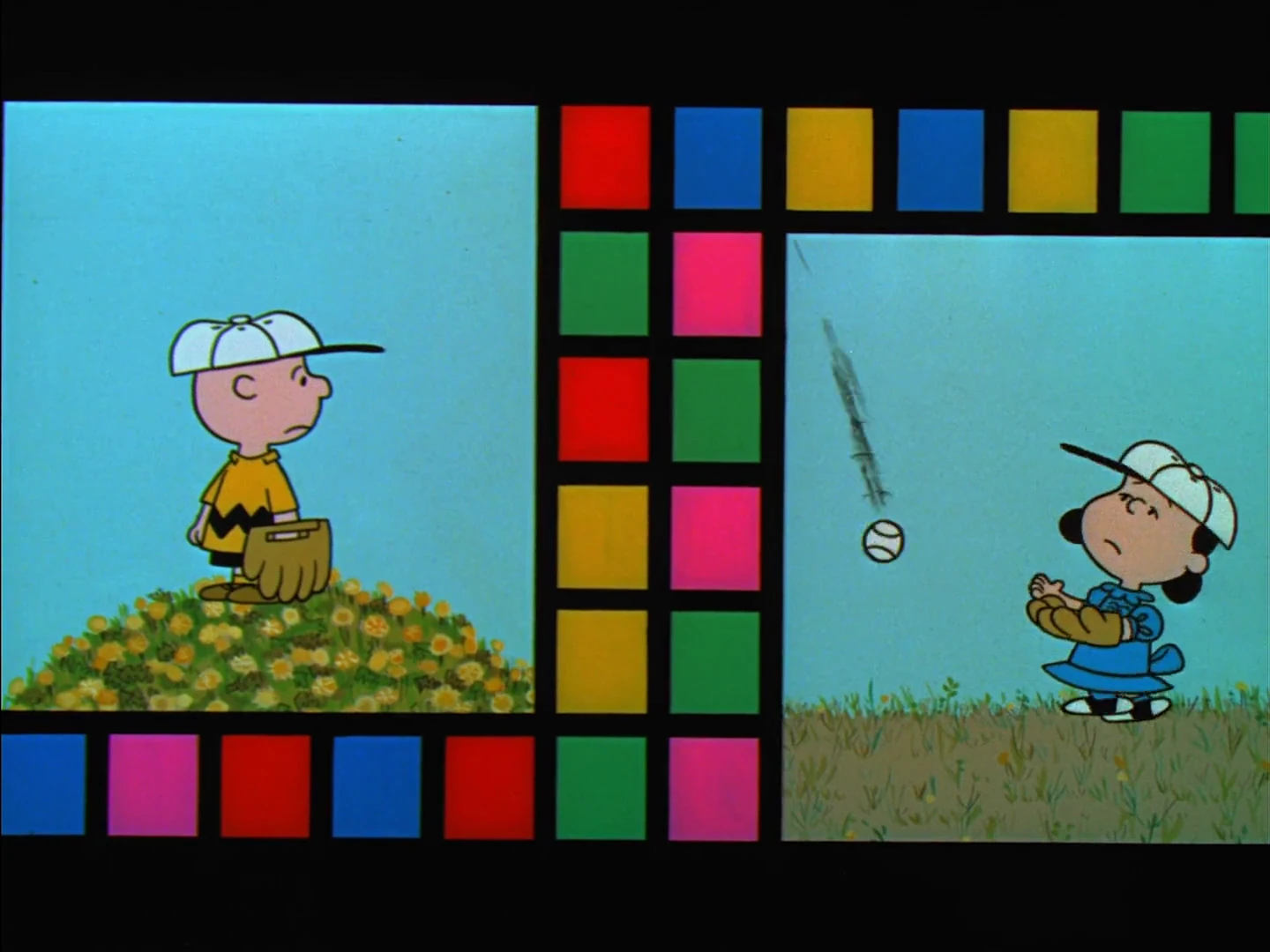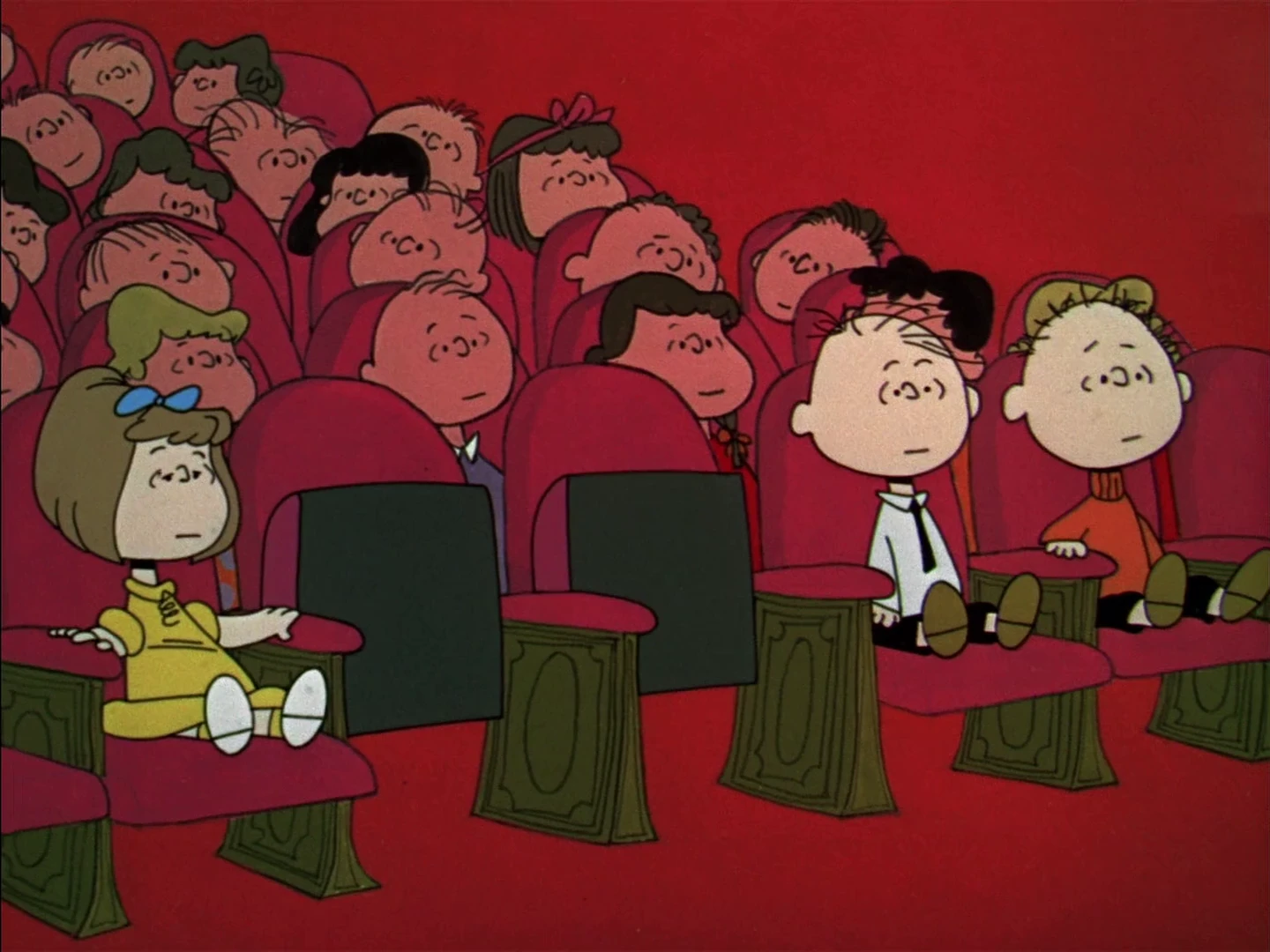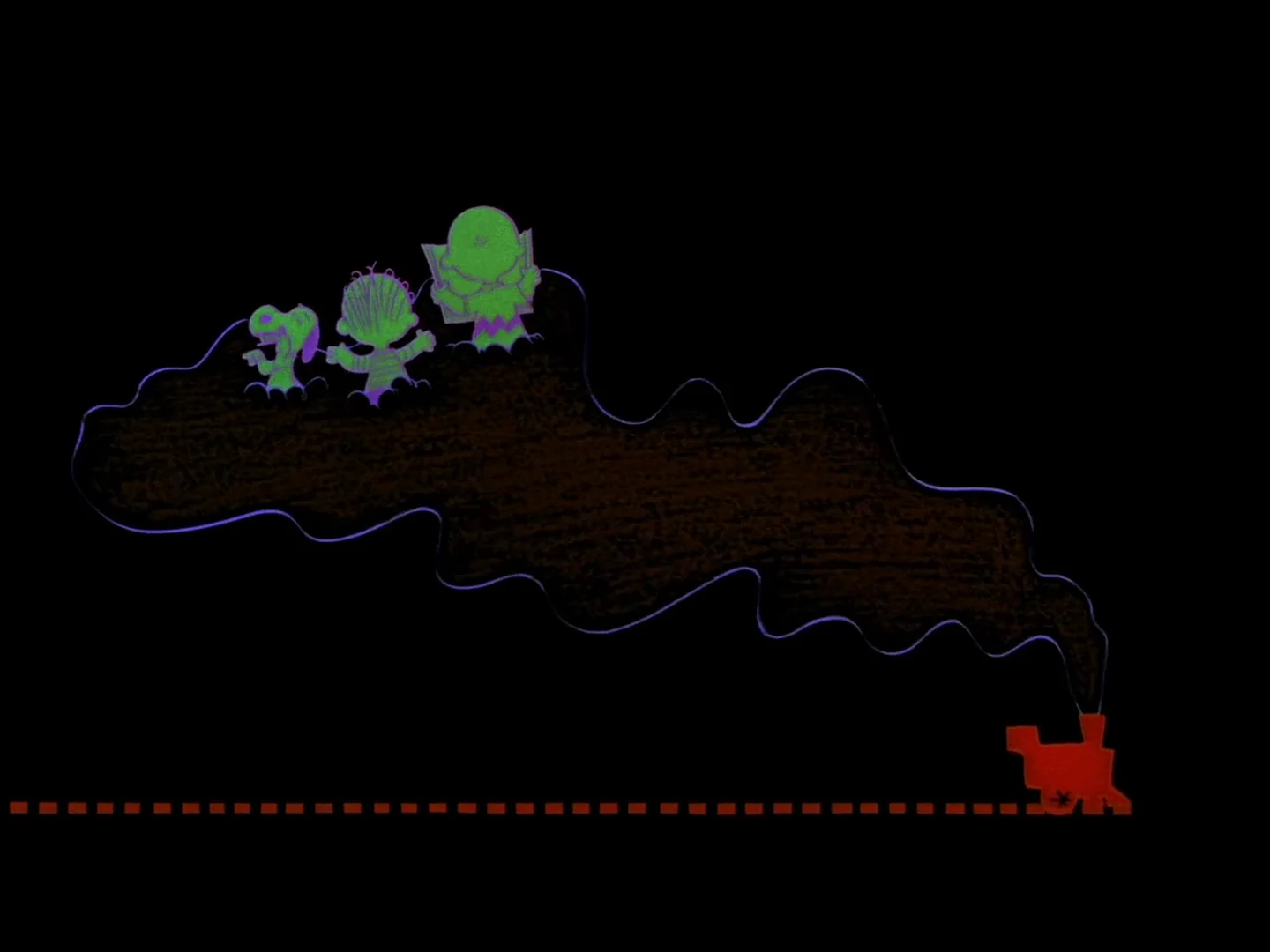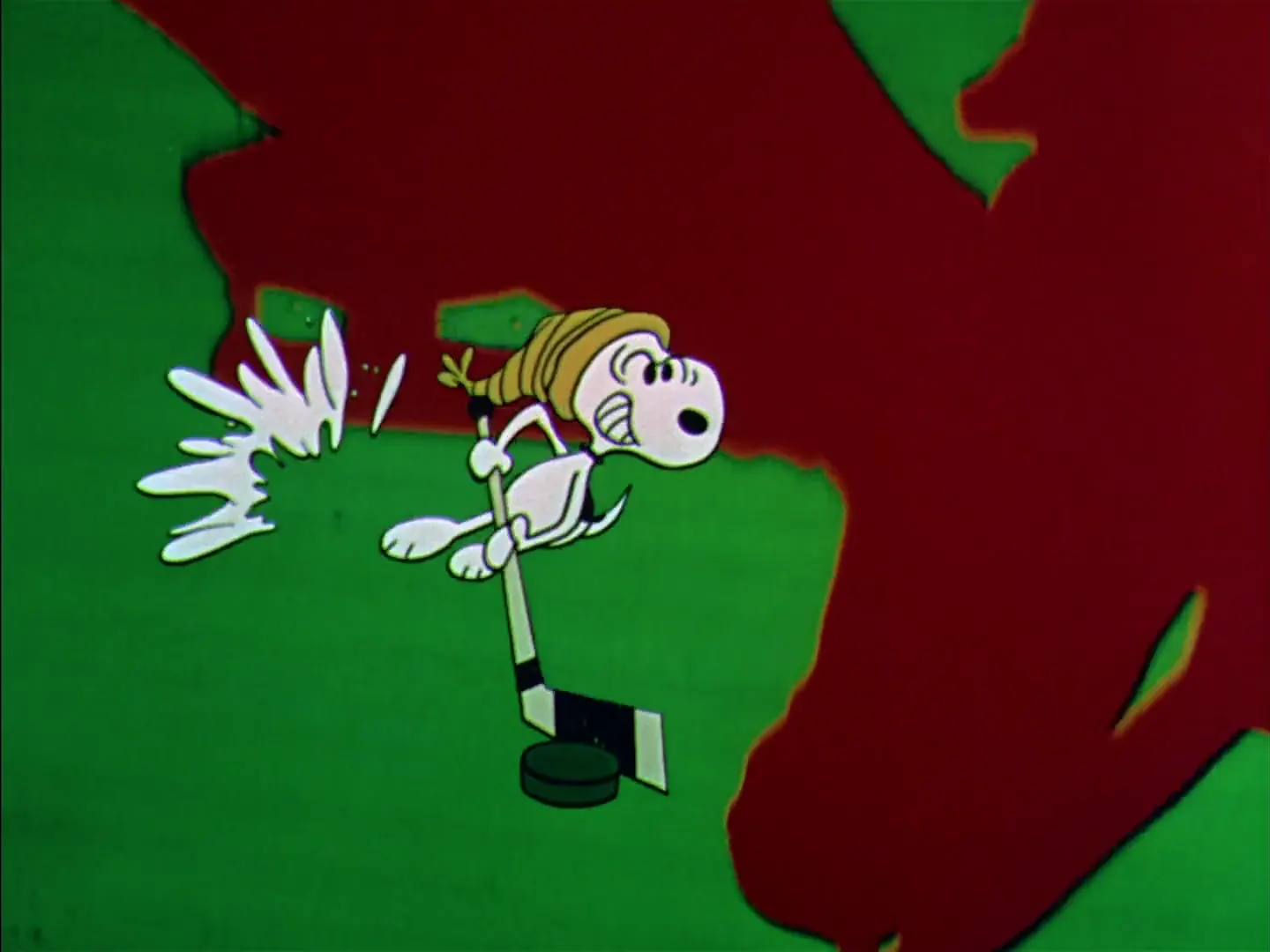What’s the relationship between The Peanuts, Schulz and Beethoven? Clipped from “A Boy Named Charlie Brown” (1969).
0:00 Schroeder practices the 3rd movement.
0:05 The Beethoven bust statue blocks Lucy’s view of Schroeder. She attempts to look above the bust but cannot.
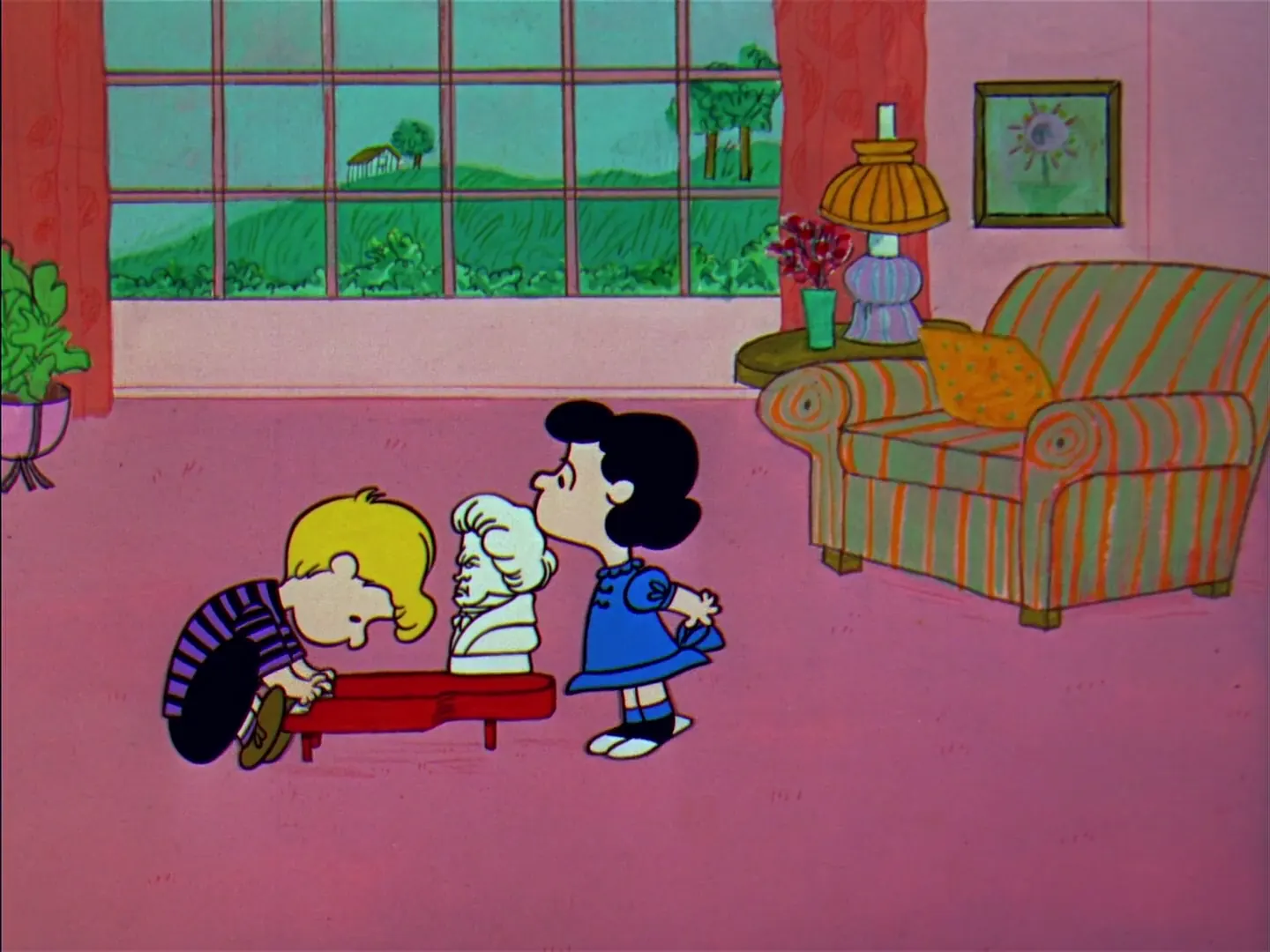
0:39 His answer to Lucy shows money isn’t important to him, as well as Lucy’s search for stereotypical love.
1:03 Schroeder and Beethoven both hold an angry expression.
1:11 Schroeder plays the 2nd, slow movement. Beethoven fades out in a green tone, which continues to outline the piano.
1:19 We move into Schroeder’s inner world.
1:30 He is small in the universe. Staffs mimic shooting stars. Schroeder and the elements spiral into two flowers — in colors and shapes that resemble stained glass window art in the European cathedrals that surrounded Beethoven.
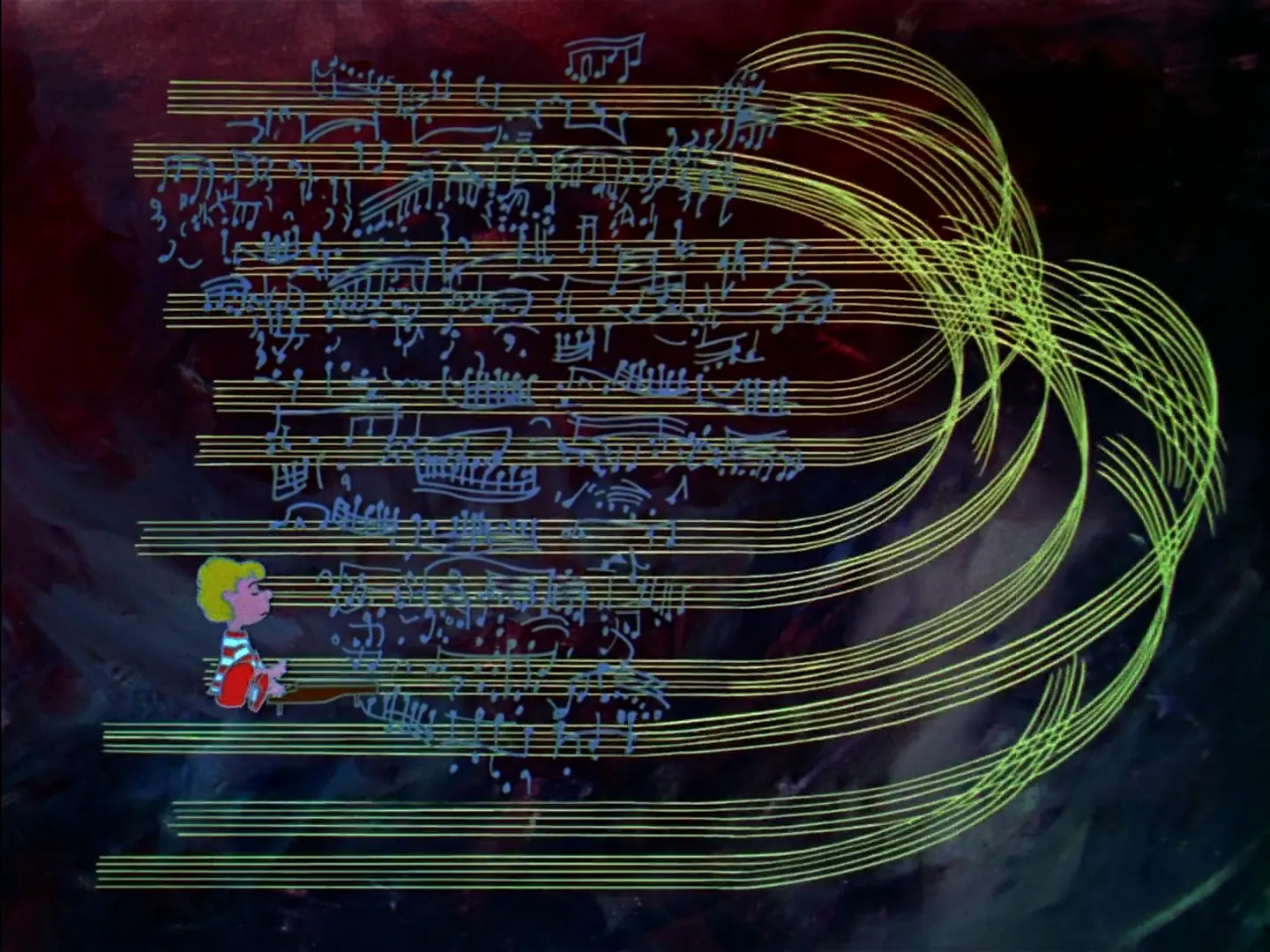
1:41 He imagines himself at the great Beethoven’s piano. He is tiny in comparison. After all, what musician can fill Beethoven’s shoes?
1:55 We see colorful modern art in the background, featuring muted primary colors green, red, blue, etc.
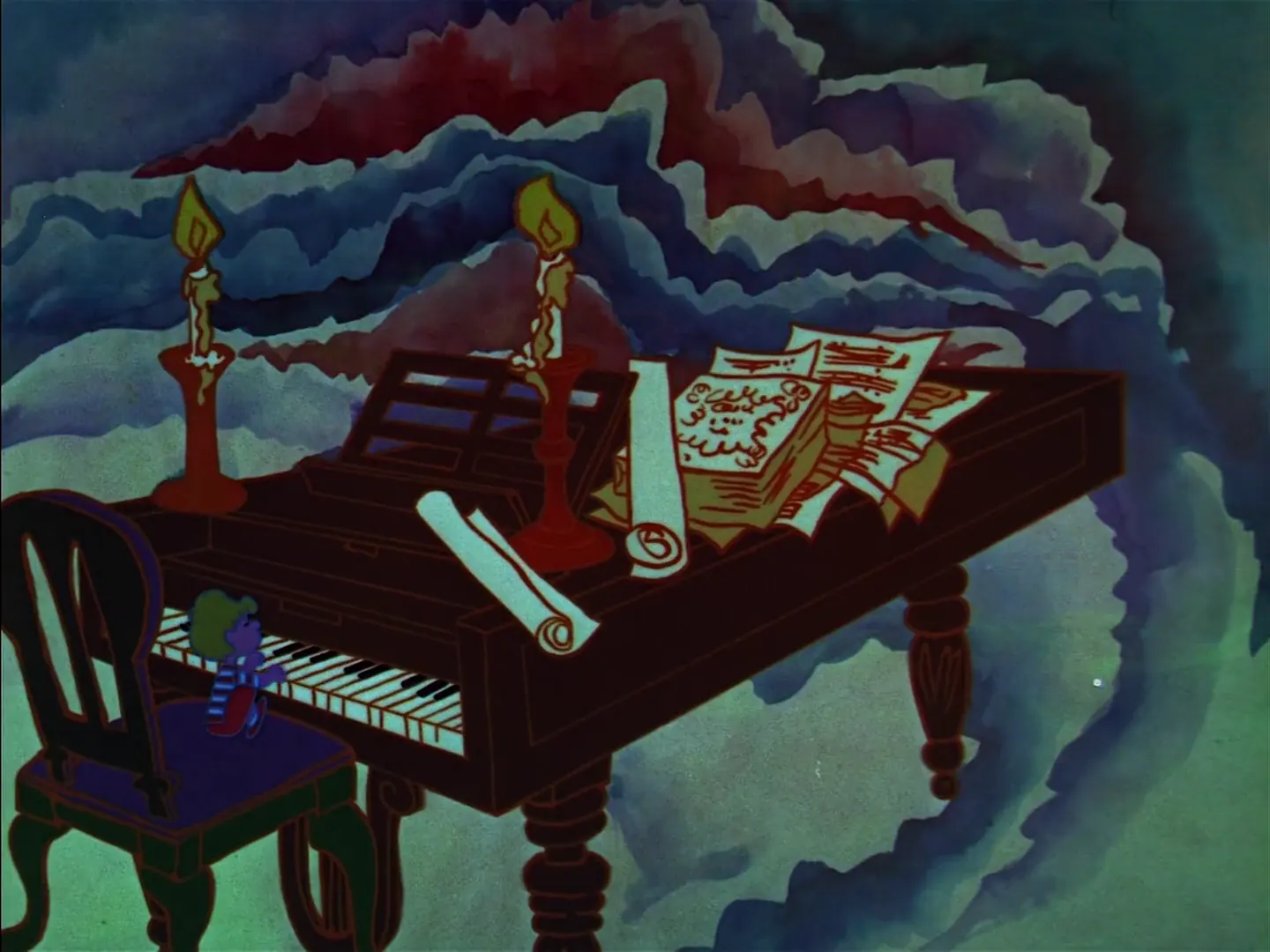
1:58 As the music becomes brighter, we move in a bit closer.
2:07 We see two cathedtral steeples colorfully presented. We look closer and see two crosses. It may be St Stephen’s Cathedral in Vienna.
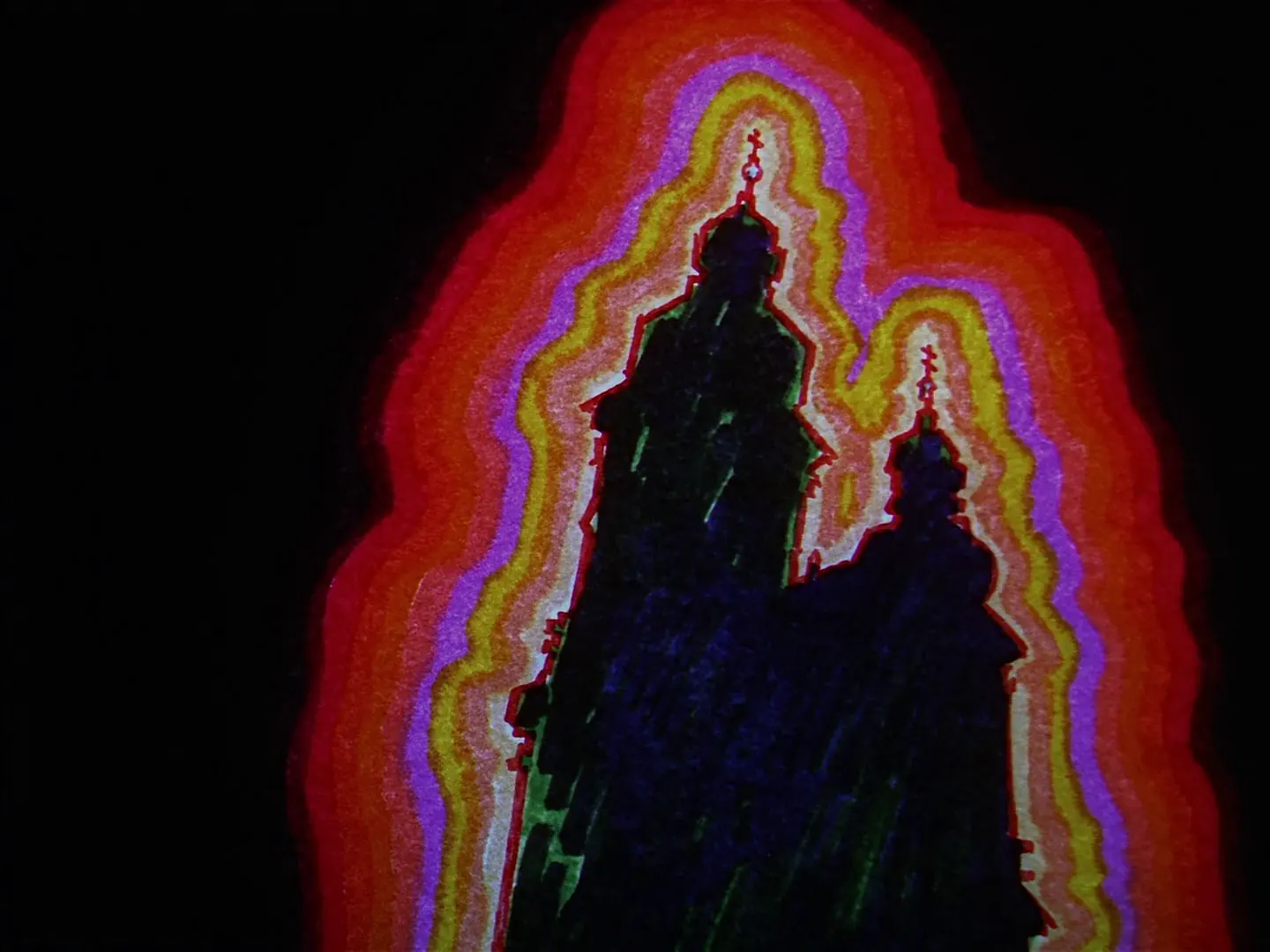
2:28 The church door is decorated with an object that both looks like a skeleton and a flower. We go inside. Flowers decorate the pillars.
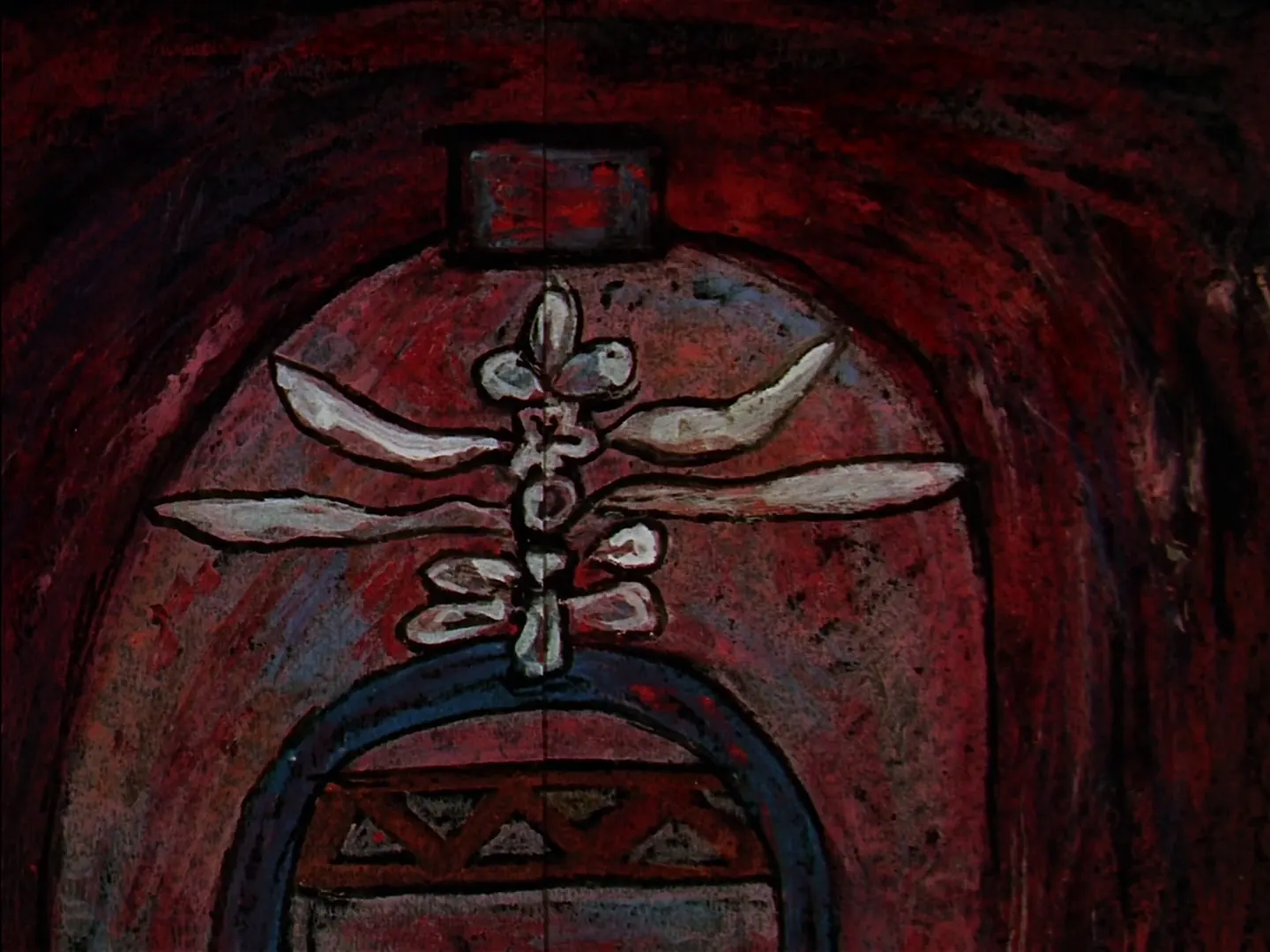
2:26 Obscured behind pillars, we see translucent people carrying flowers and holding hands in prayer. Their faces are distorted, reminiscient of Picasso.

2:56 Heads bow as a coffin is carried in a procession.

3:01 “Picaso” written on a gravestone? The art in this clip mimics Picasso, and Schulz was a fan of him.
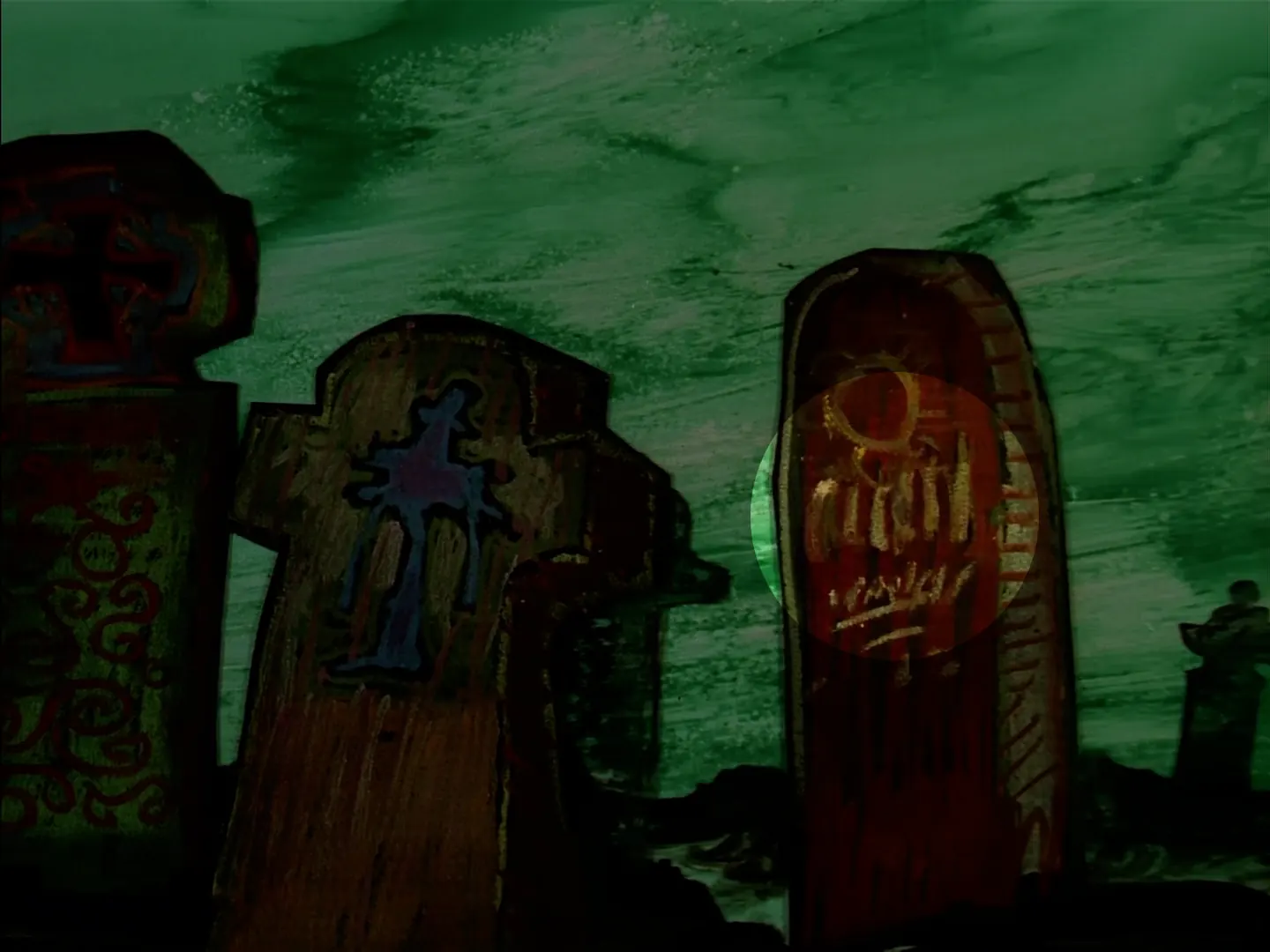
3:13 Stained glass flower art turns into waves, carrying on the use of colors of red, green, and blue. Green almost disappears in the last, most abstract wave scene but it is still present. There is almost a mysterious emblem that keeps popping up here that reads “Del Rio Bond Riverside.” Not sure if this is just my copy but I see it in other copies.
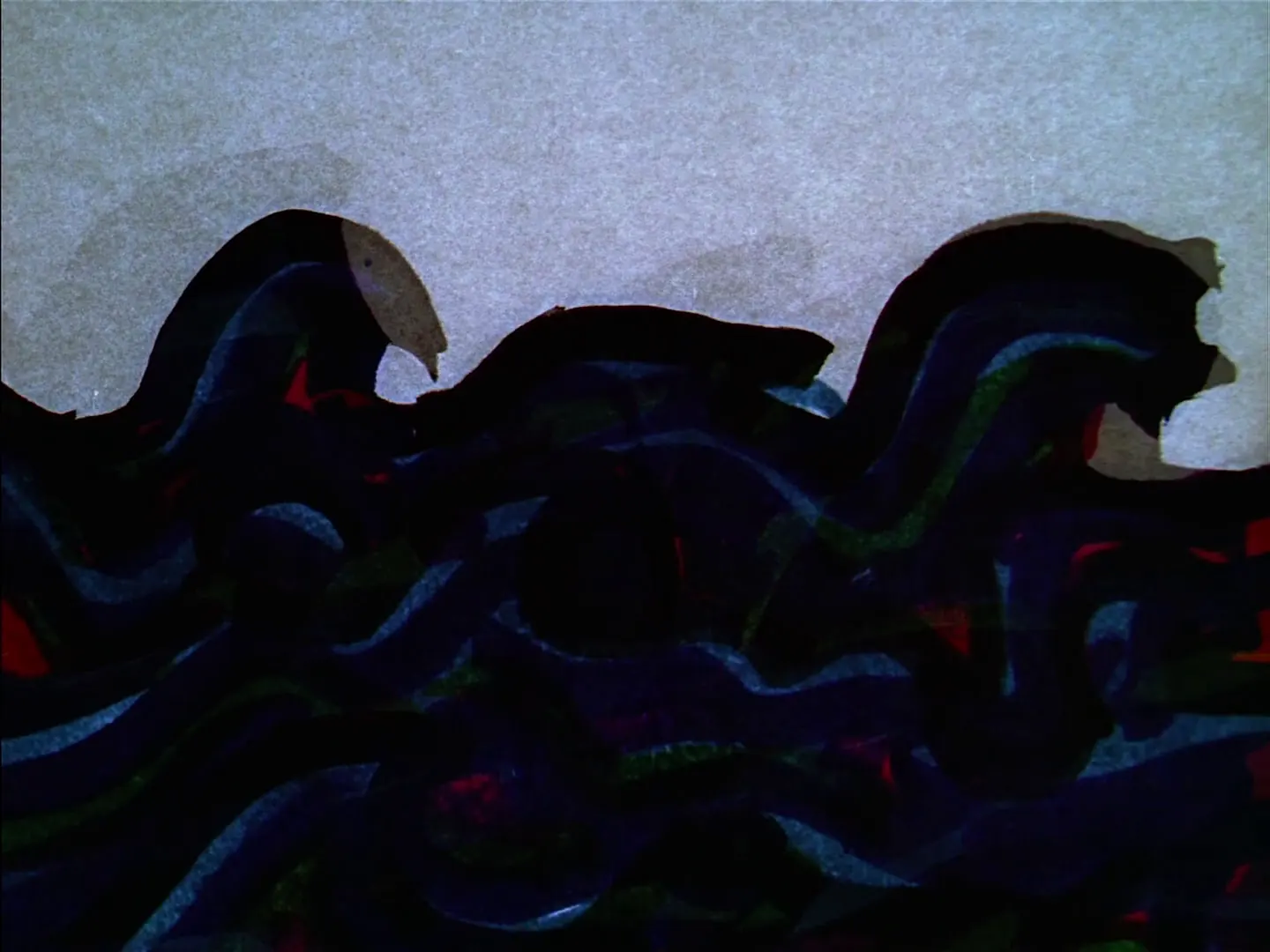
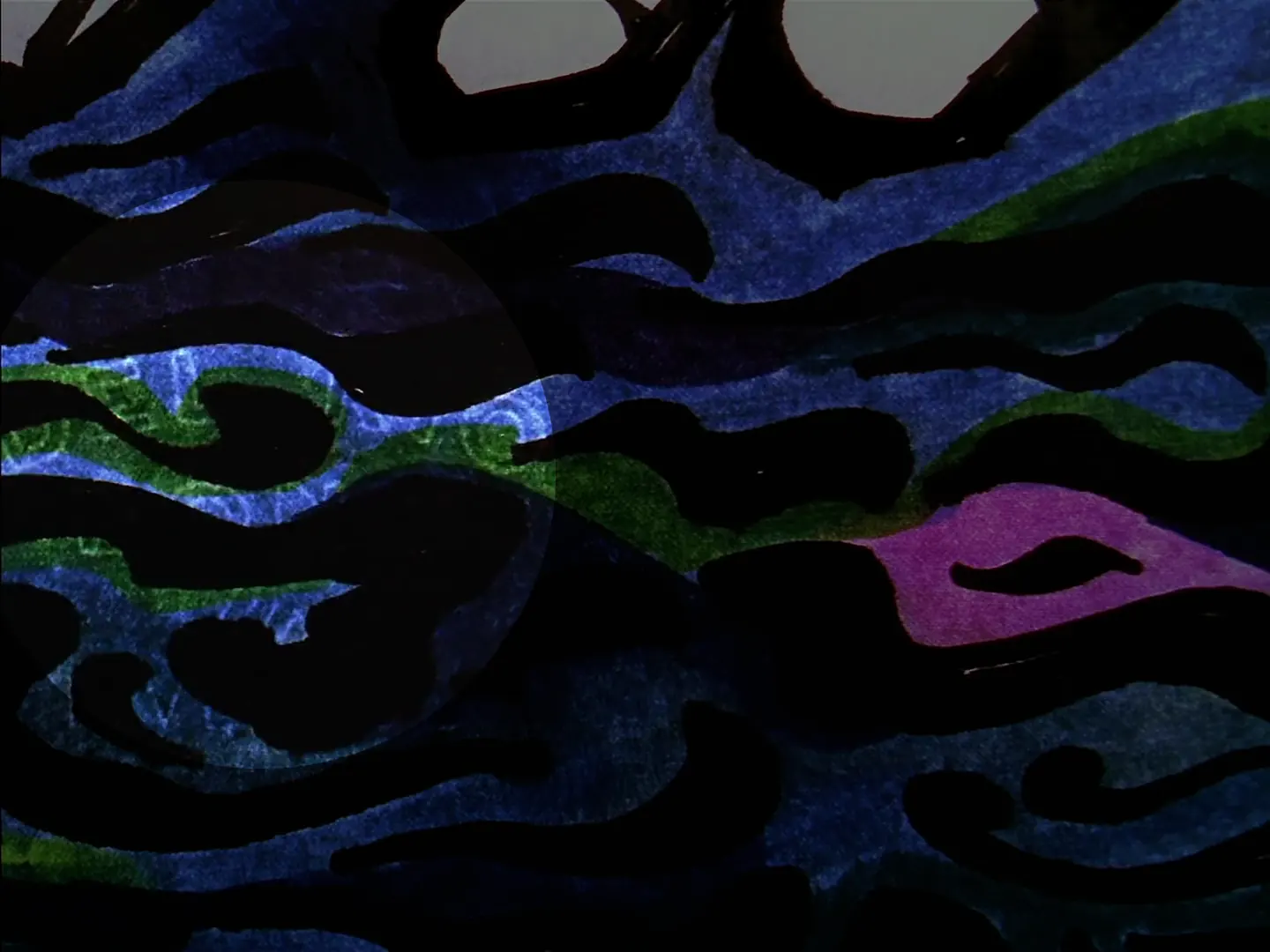
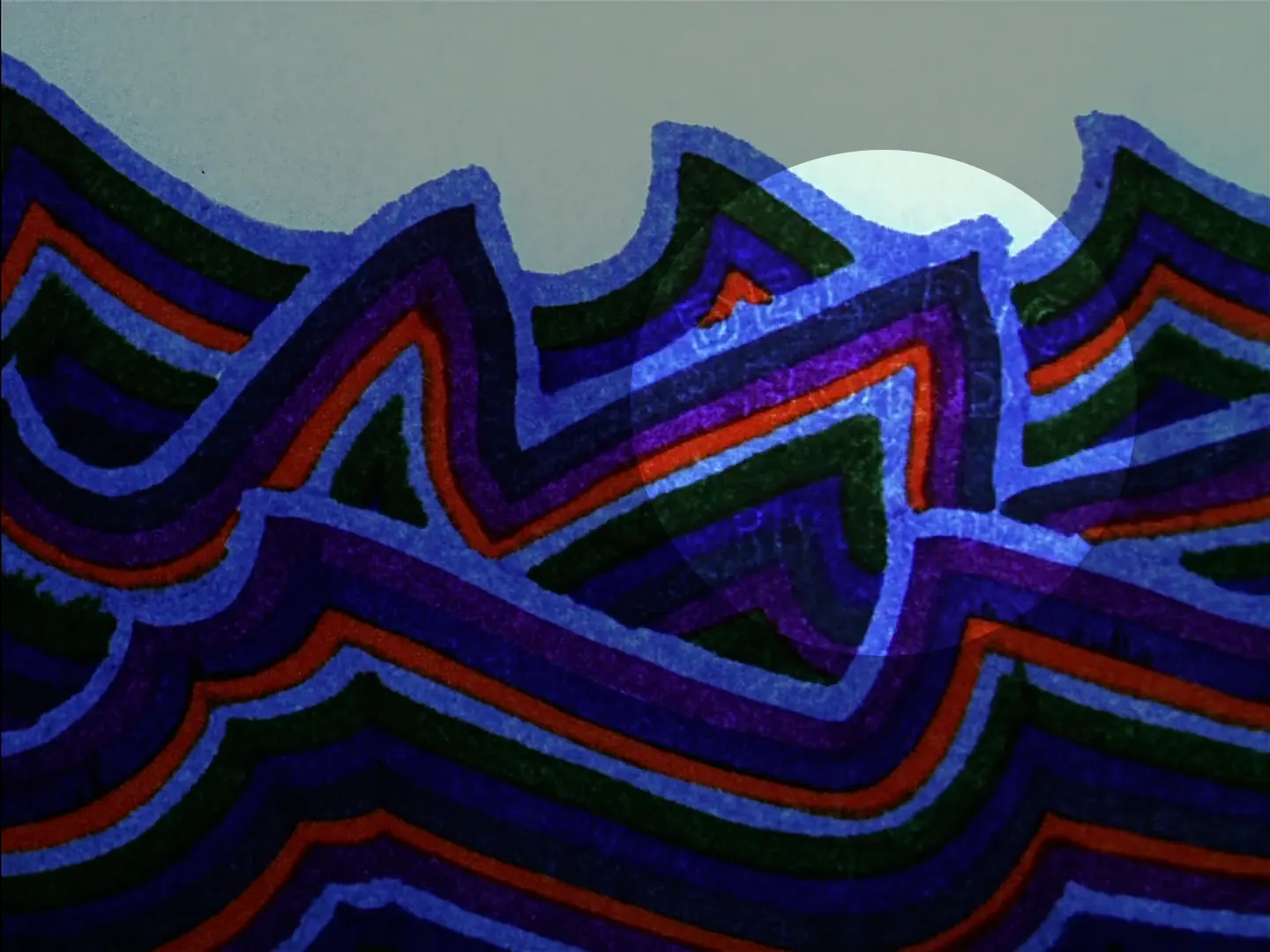
3:30 As the theme of the sonata returns, we see the passage of time over Vienna landscape.
3:55 A street in Vienna. We move in closer.
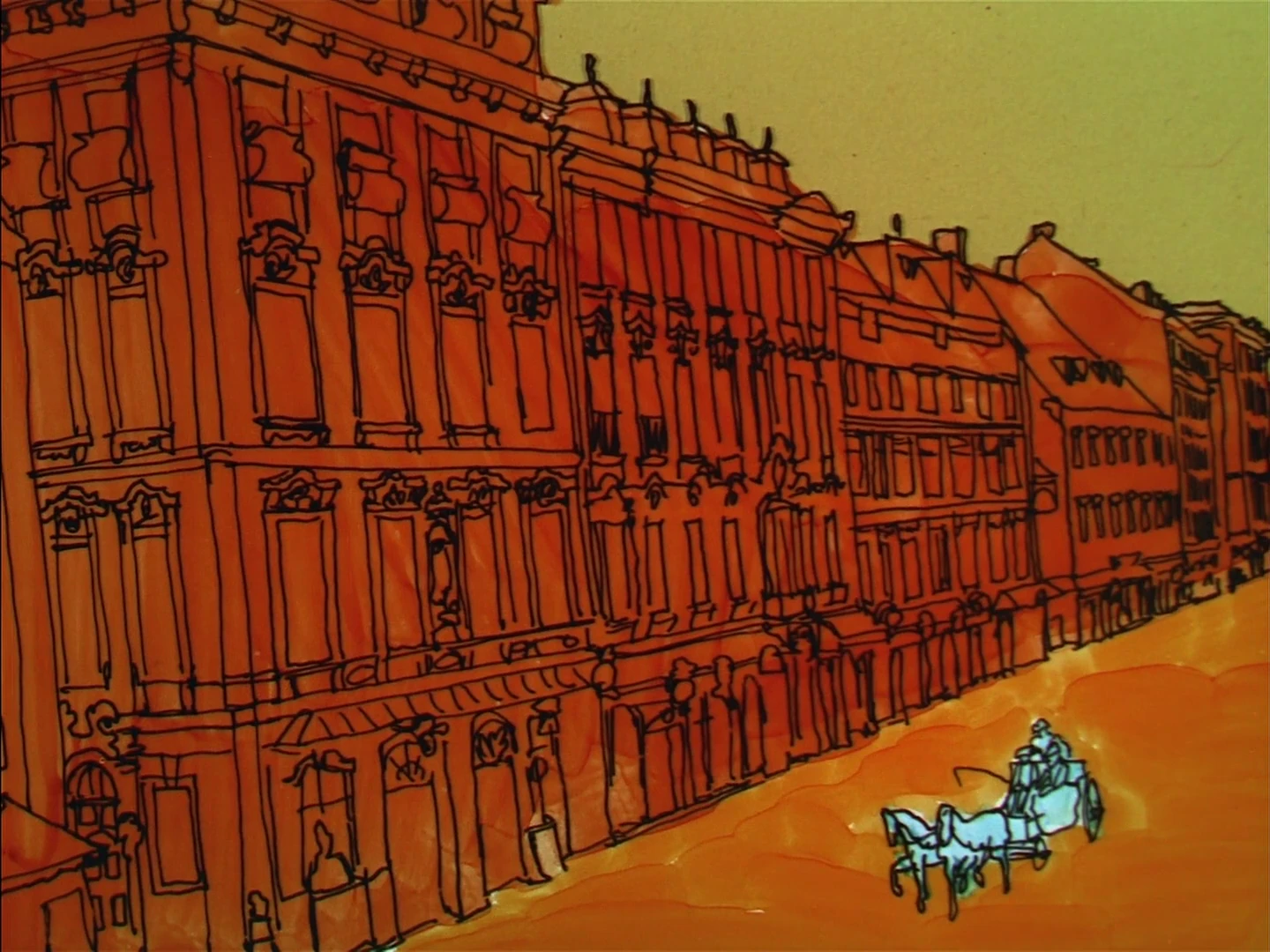
3:58 A collage of Viennese buildings and statues.
4:01 Votive church in Vienna.
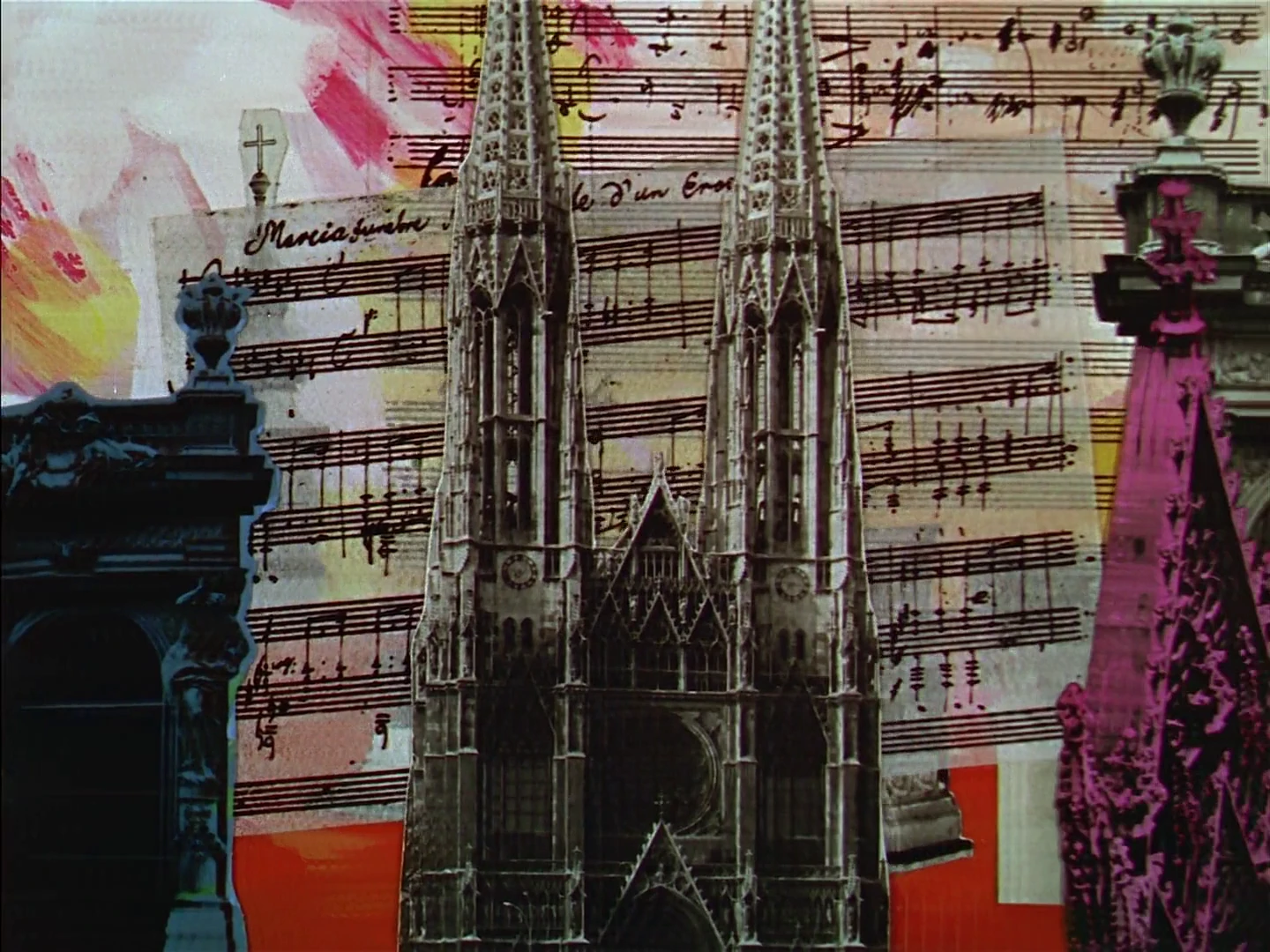
4:07 Statue of horse tamer in Maria Theresa Square, Vienna.
4:10 Statue of Maria Theresa. Beethoven’s mother is also named Maria.
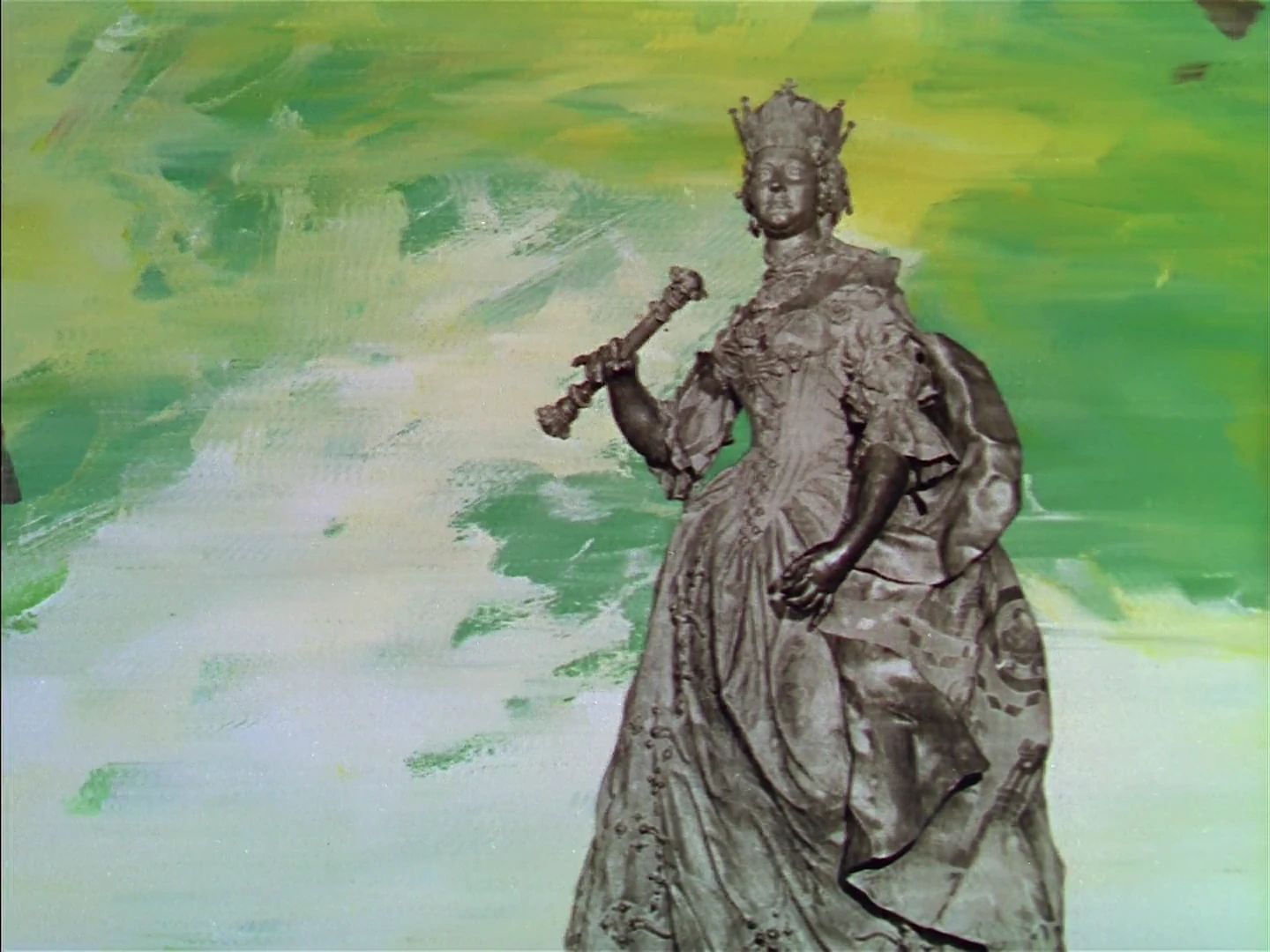
4:18 A hidden outline of a woman in the marble background. We ascend upwards, as the interval goes up higher. We see statues of women ascending to Heaven.

4:22 Beethoven, in a bust statue shape, superimposed over a house. Red is focused on here. Perhaps this is Schroeder’s house. Schulz makes a connection to himself here.
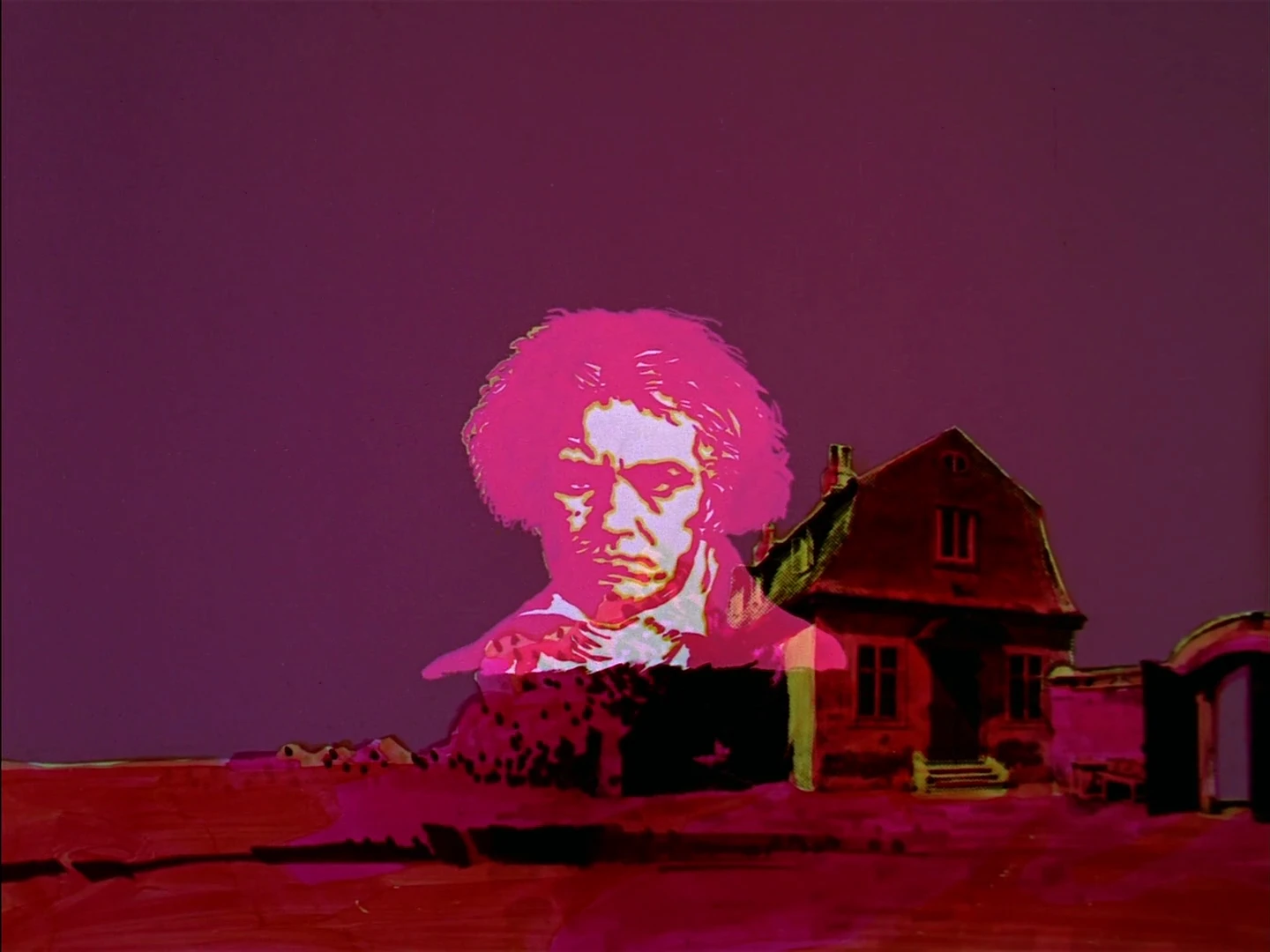
4:26 Beethoven’s portraits in red, blue, and green. Followed by three angels with their hands out. Angel descends down and blesses Beethoven’s death mask.
4:44 Schroeder’s face shows the bond and reverence for Beethoven.
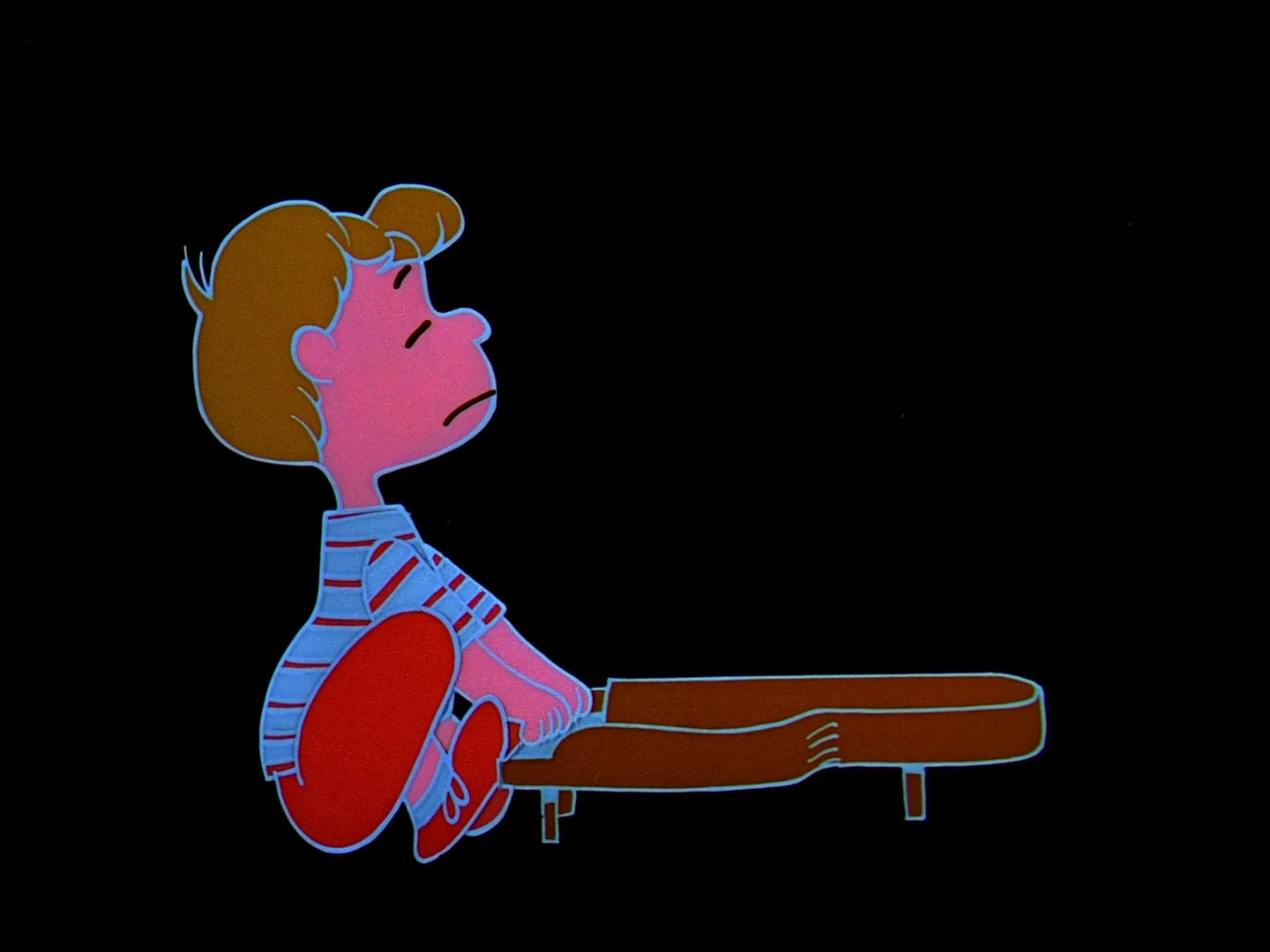
6:21 The film ends with the children shown in stained glass window colored scheme, and the last image of the film we see is Beethoven’s piano:
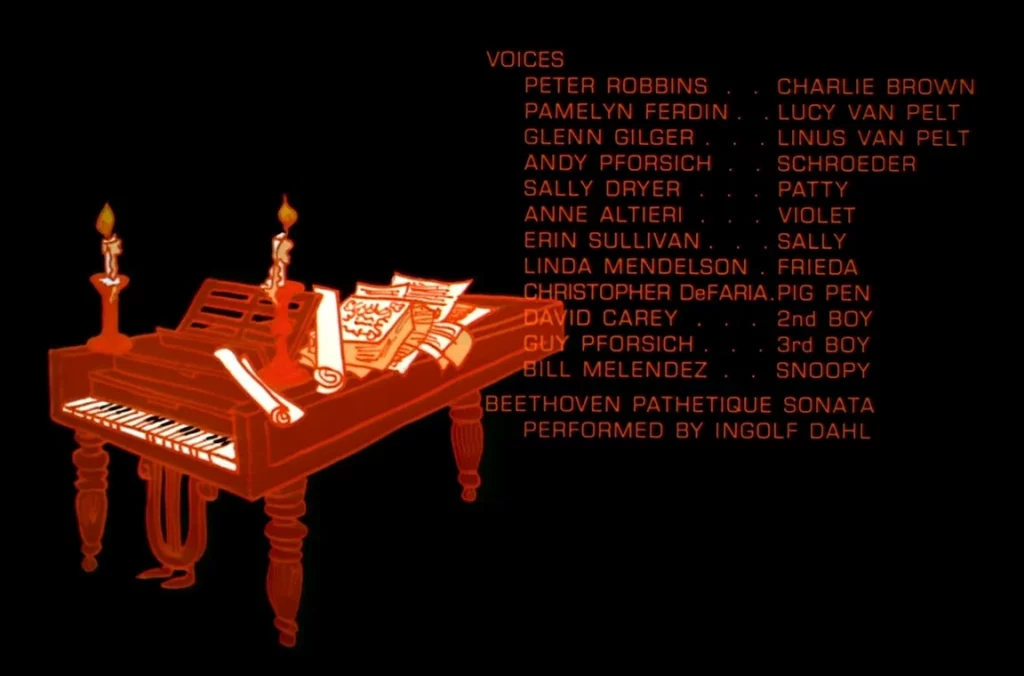
Stained-glass window art
